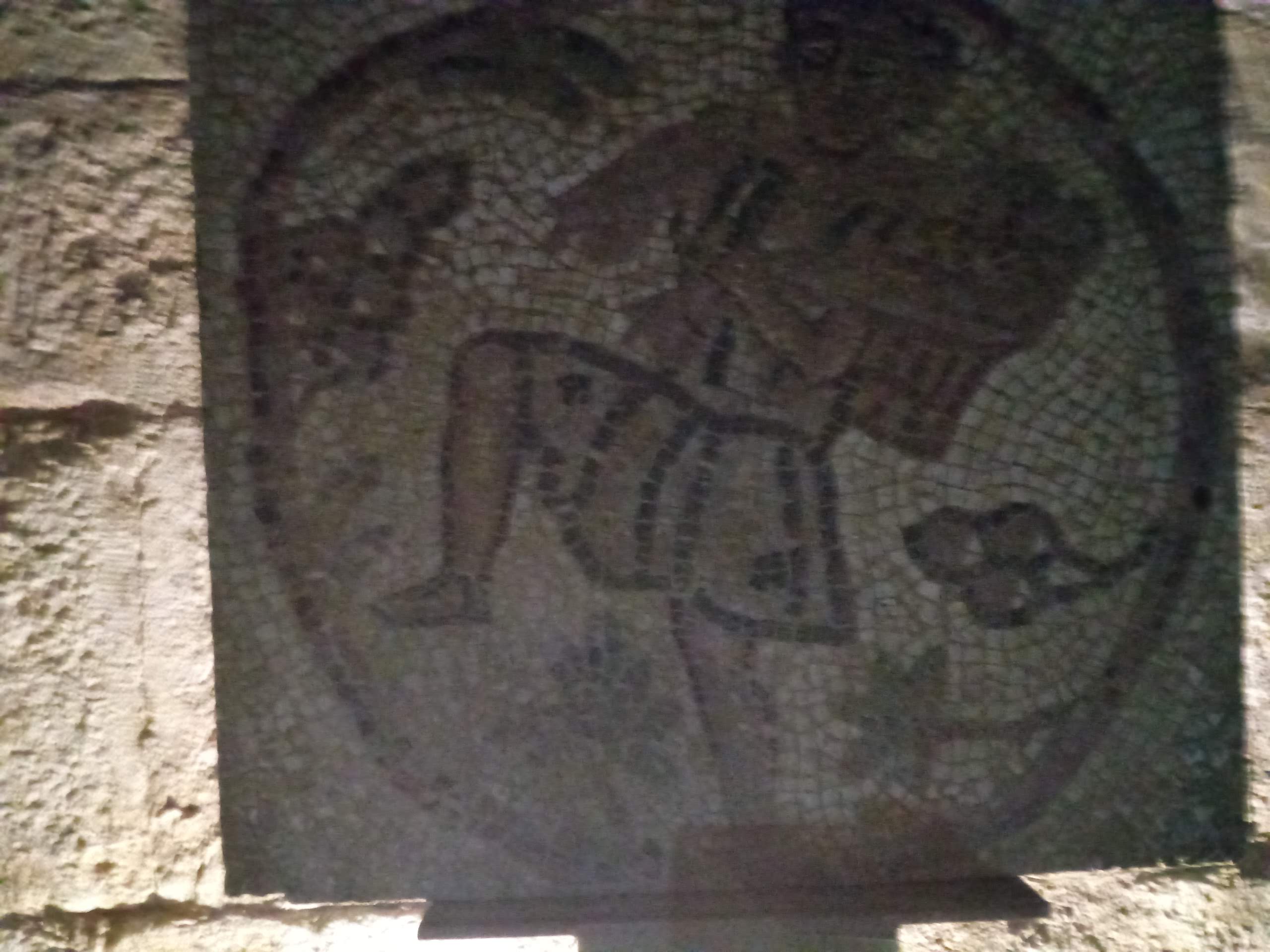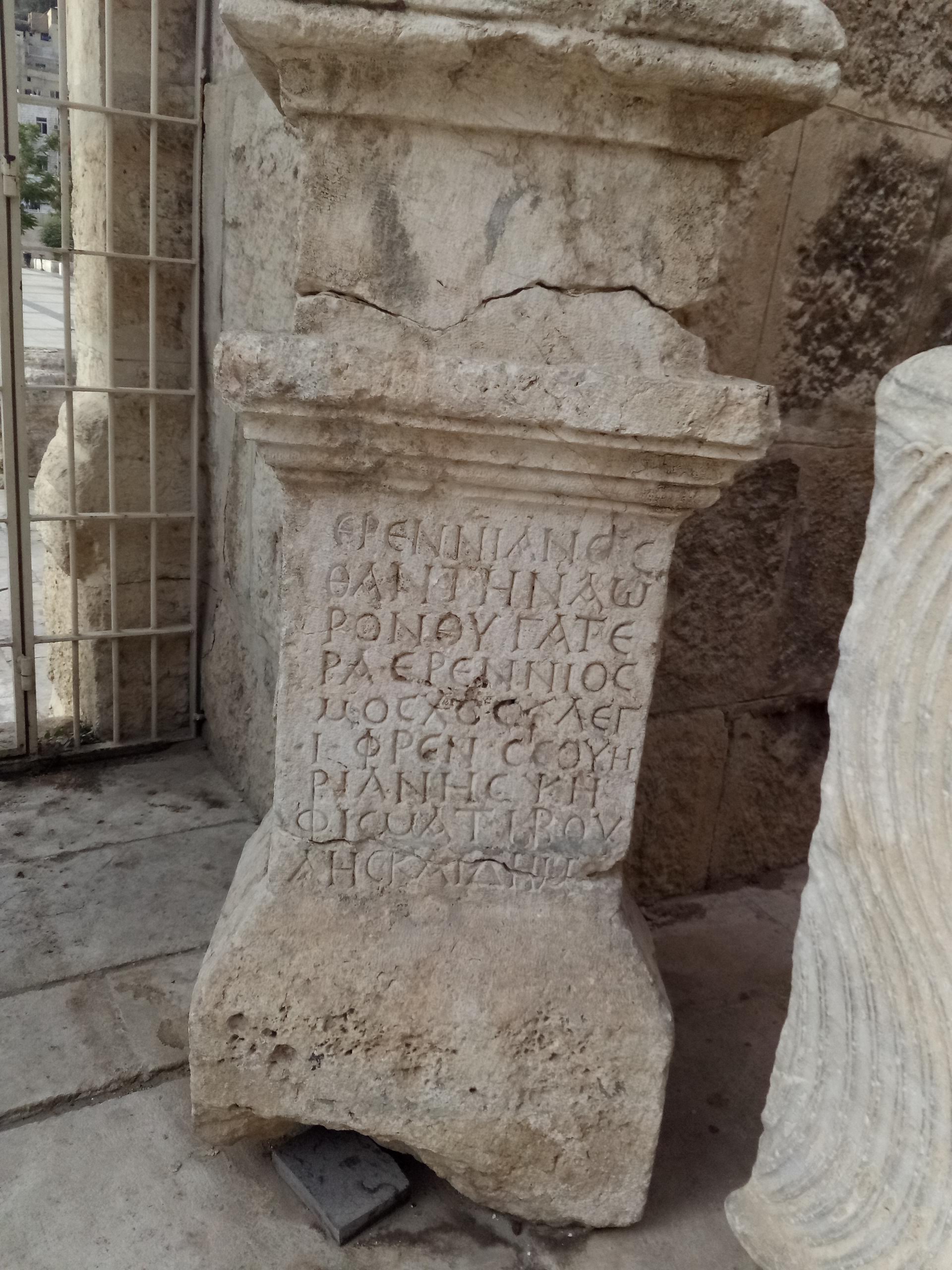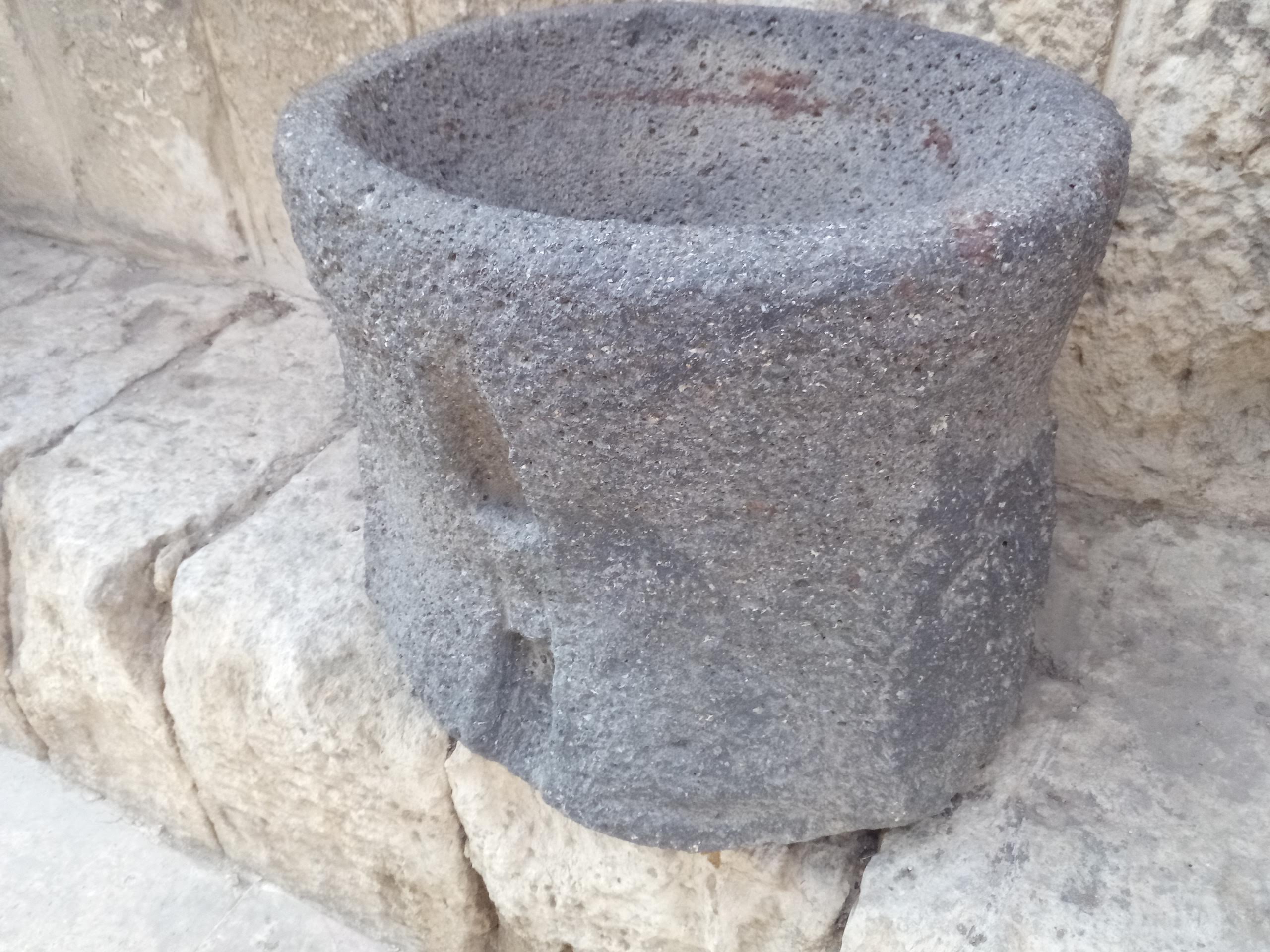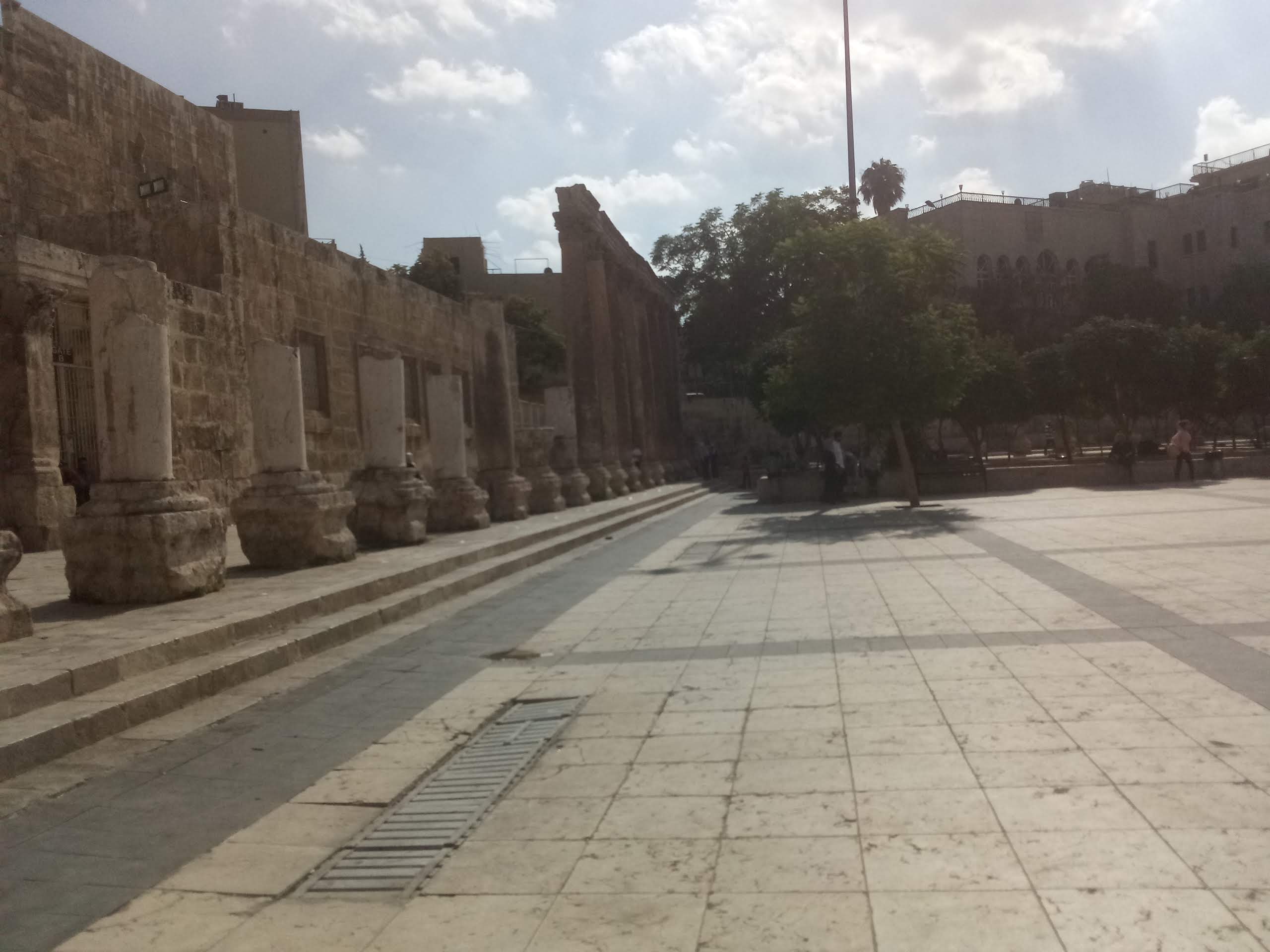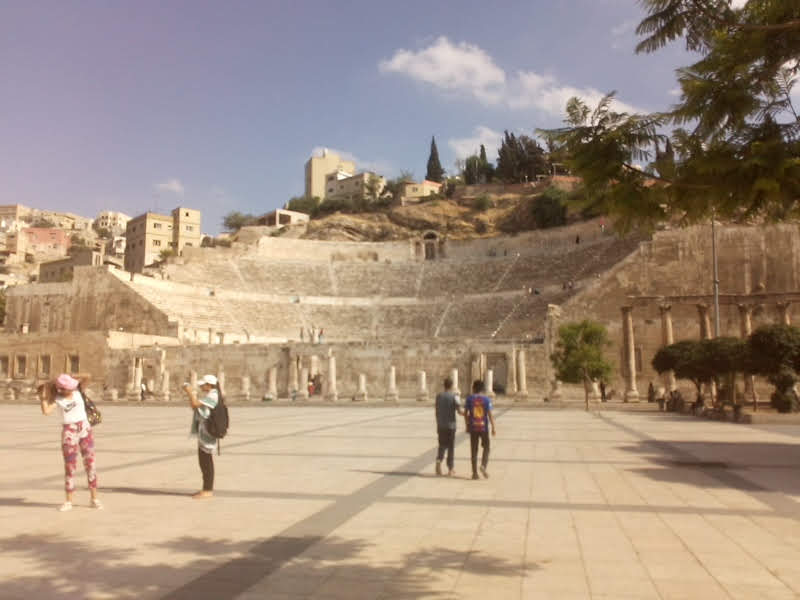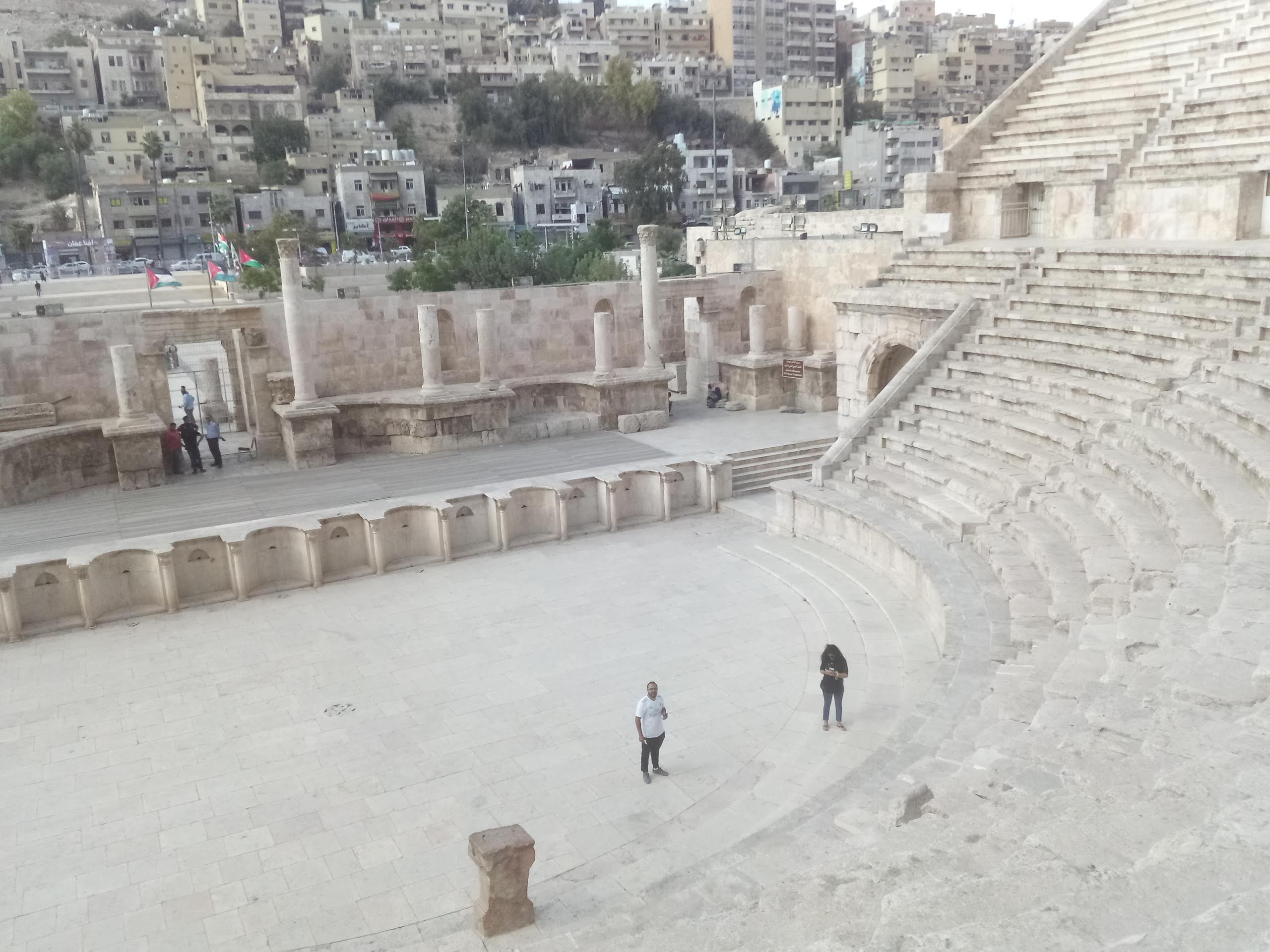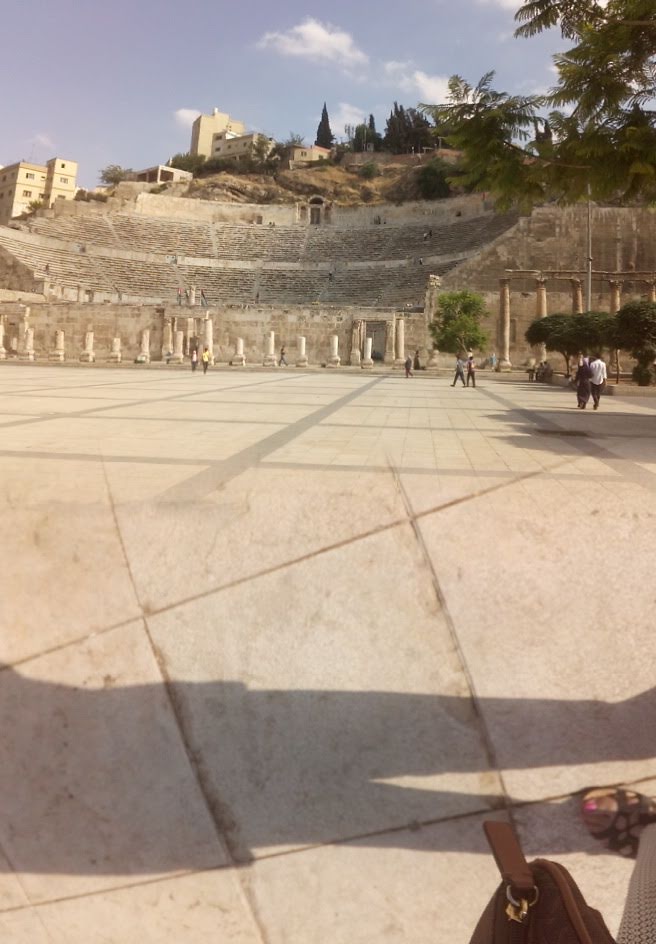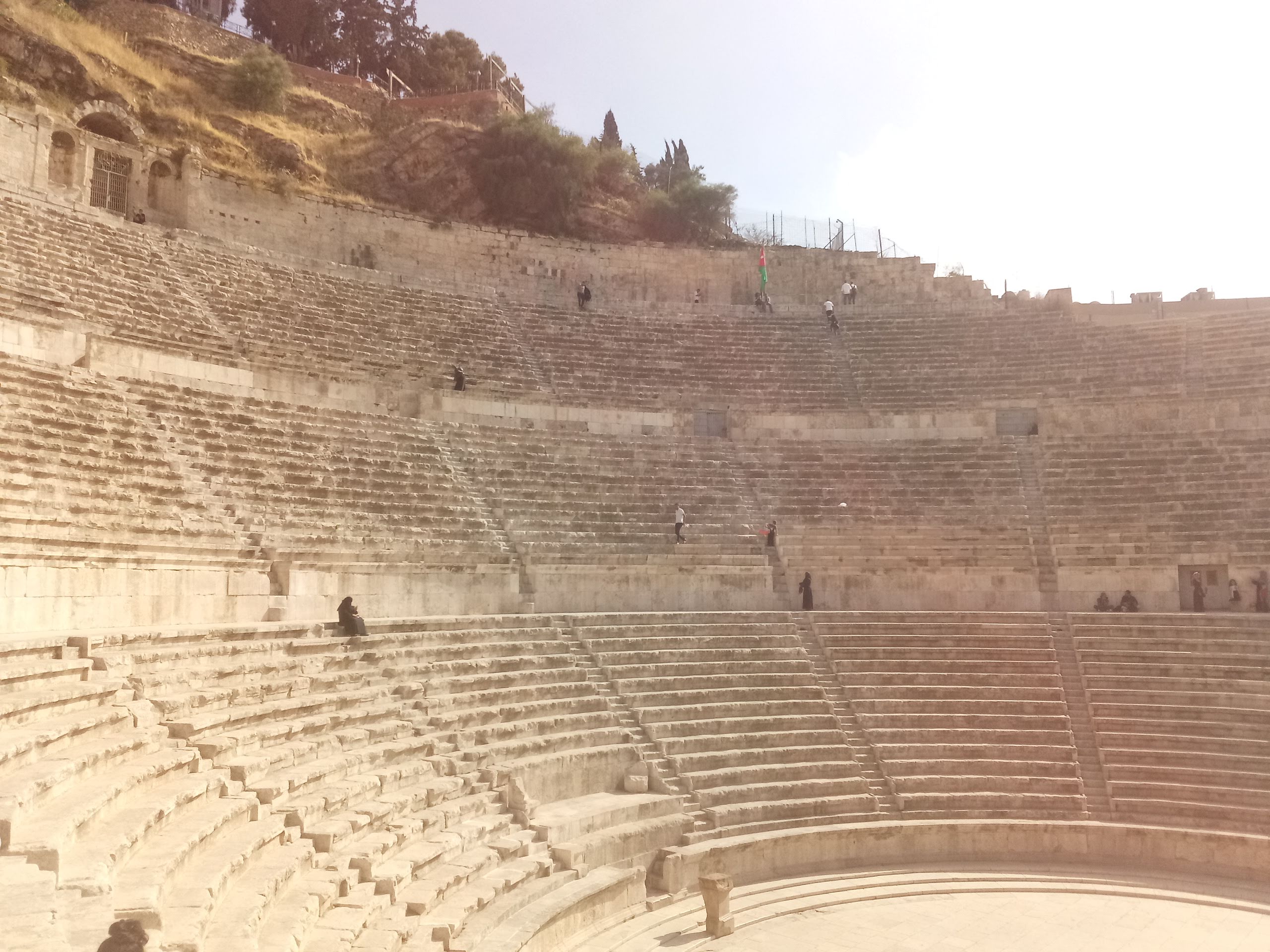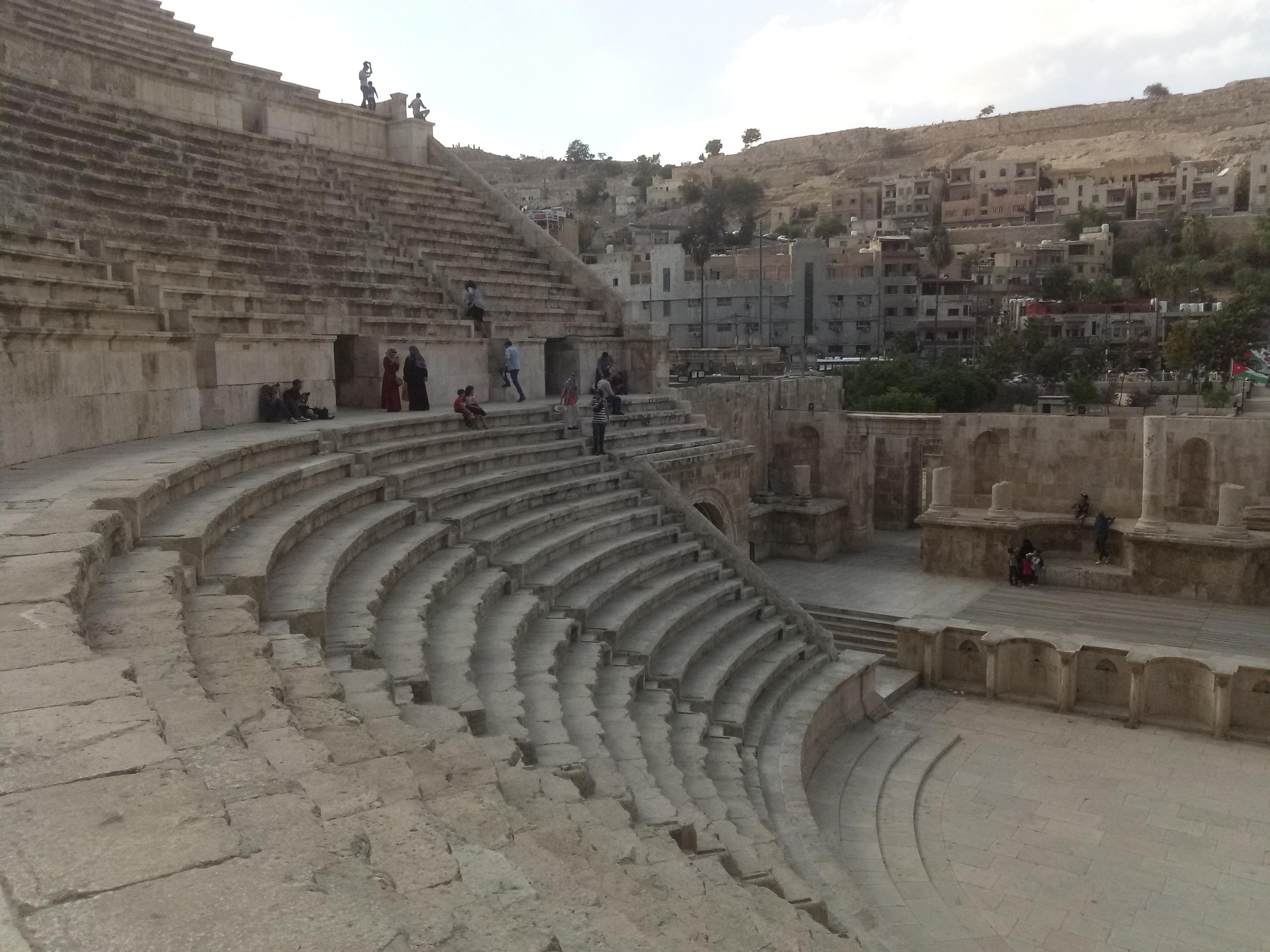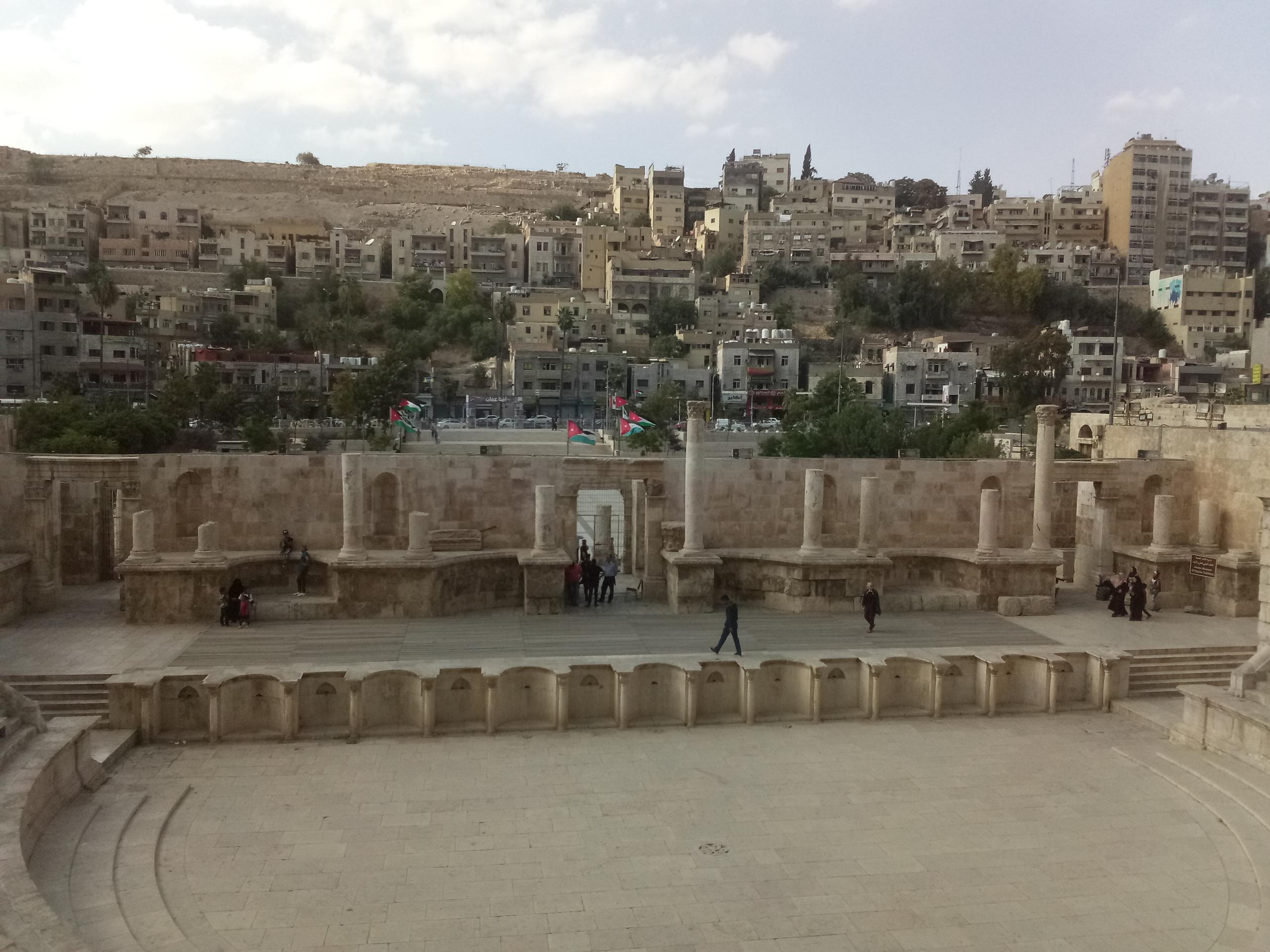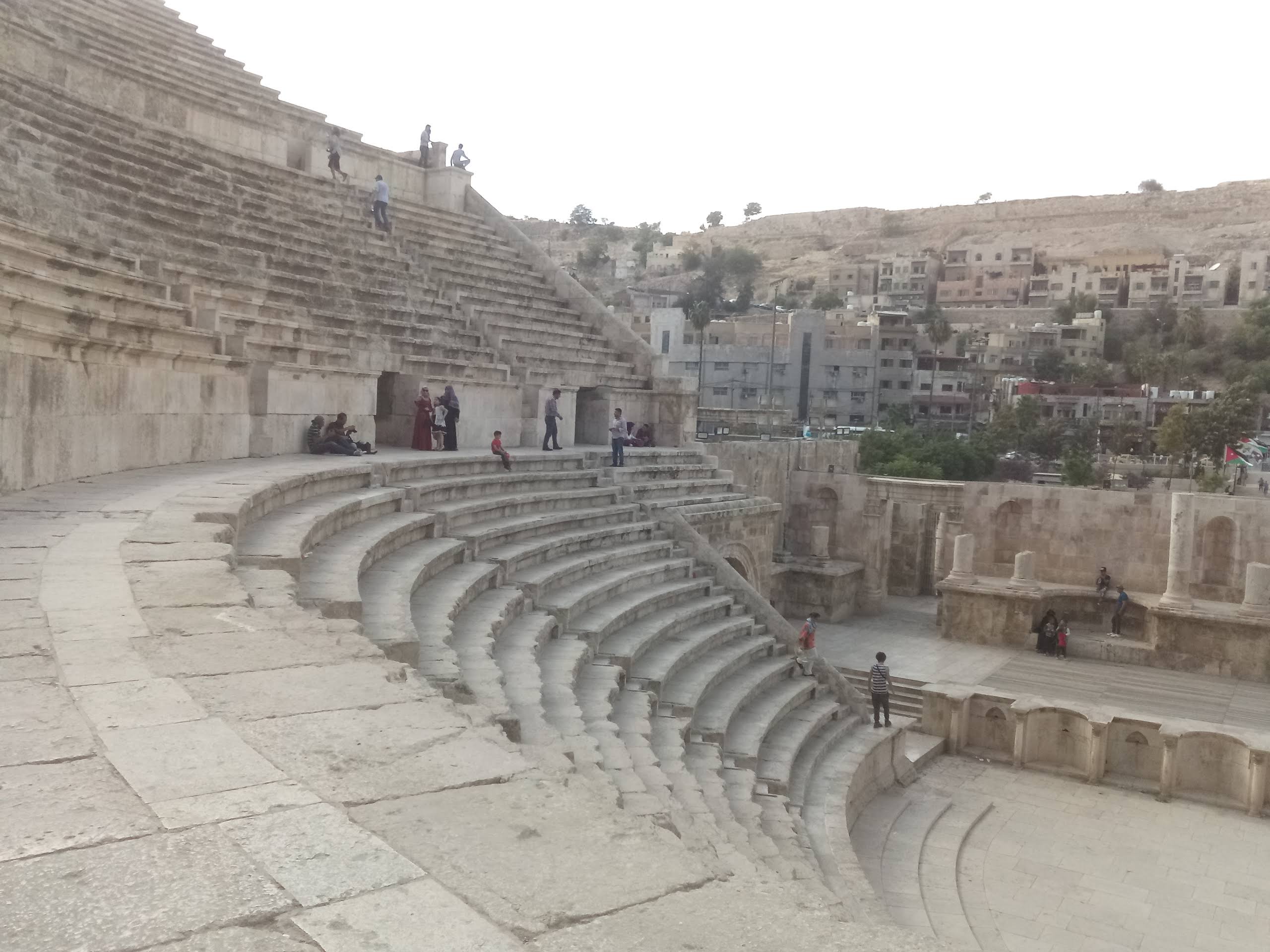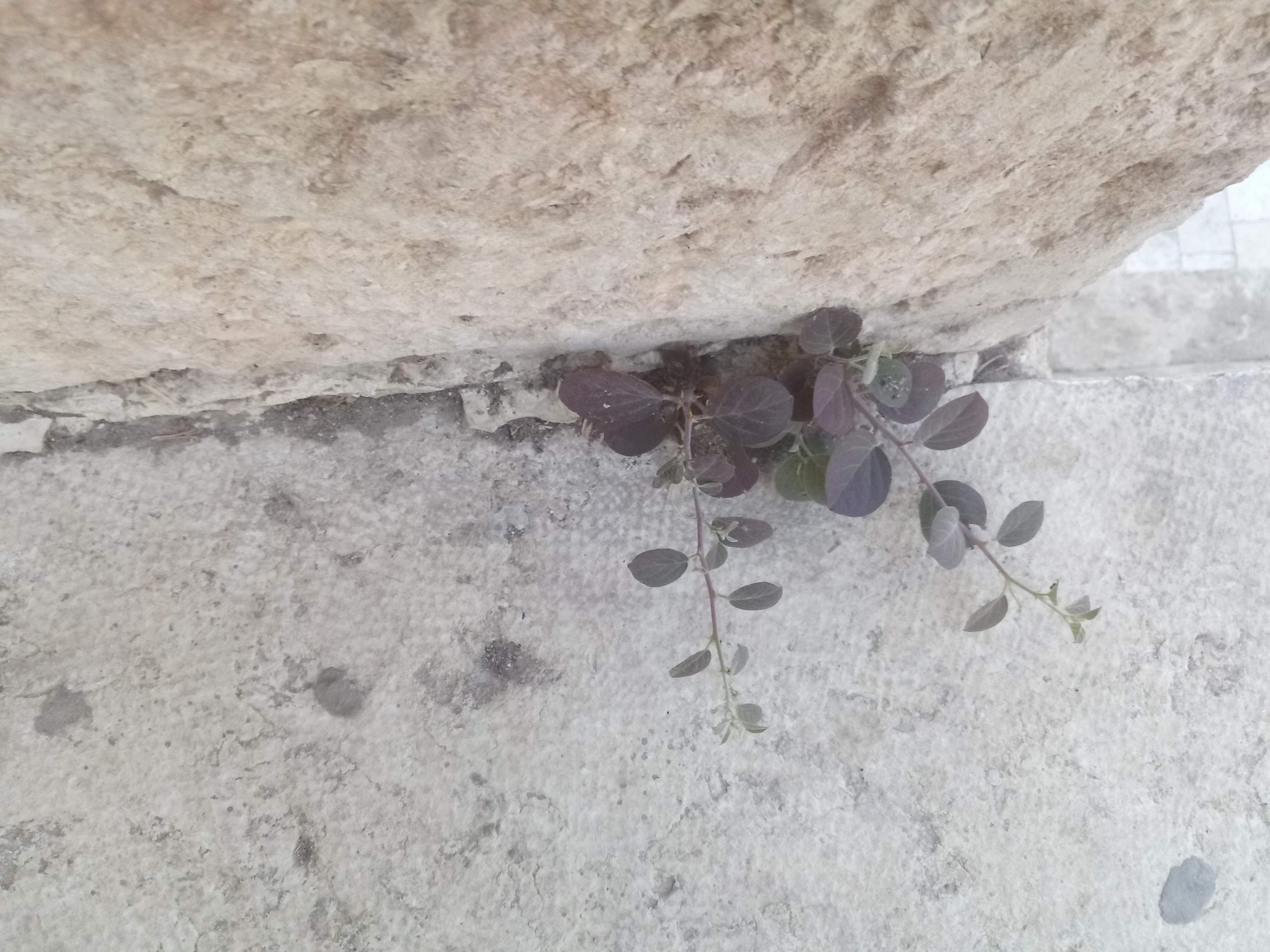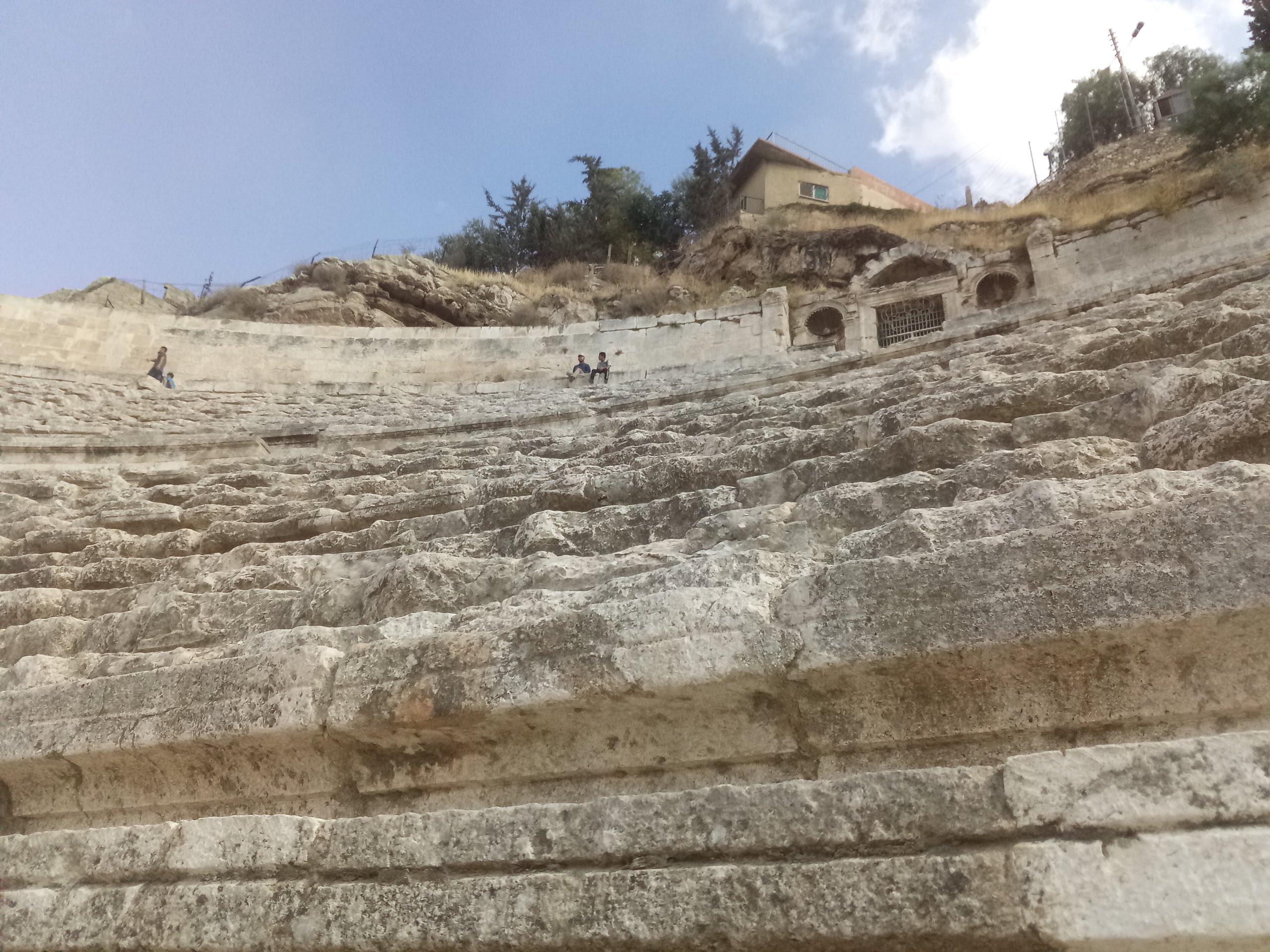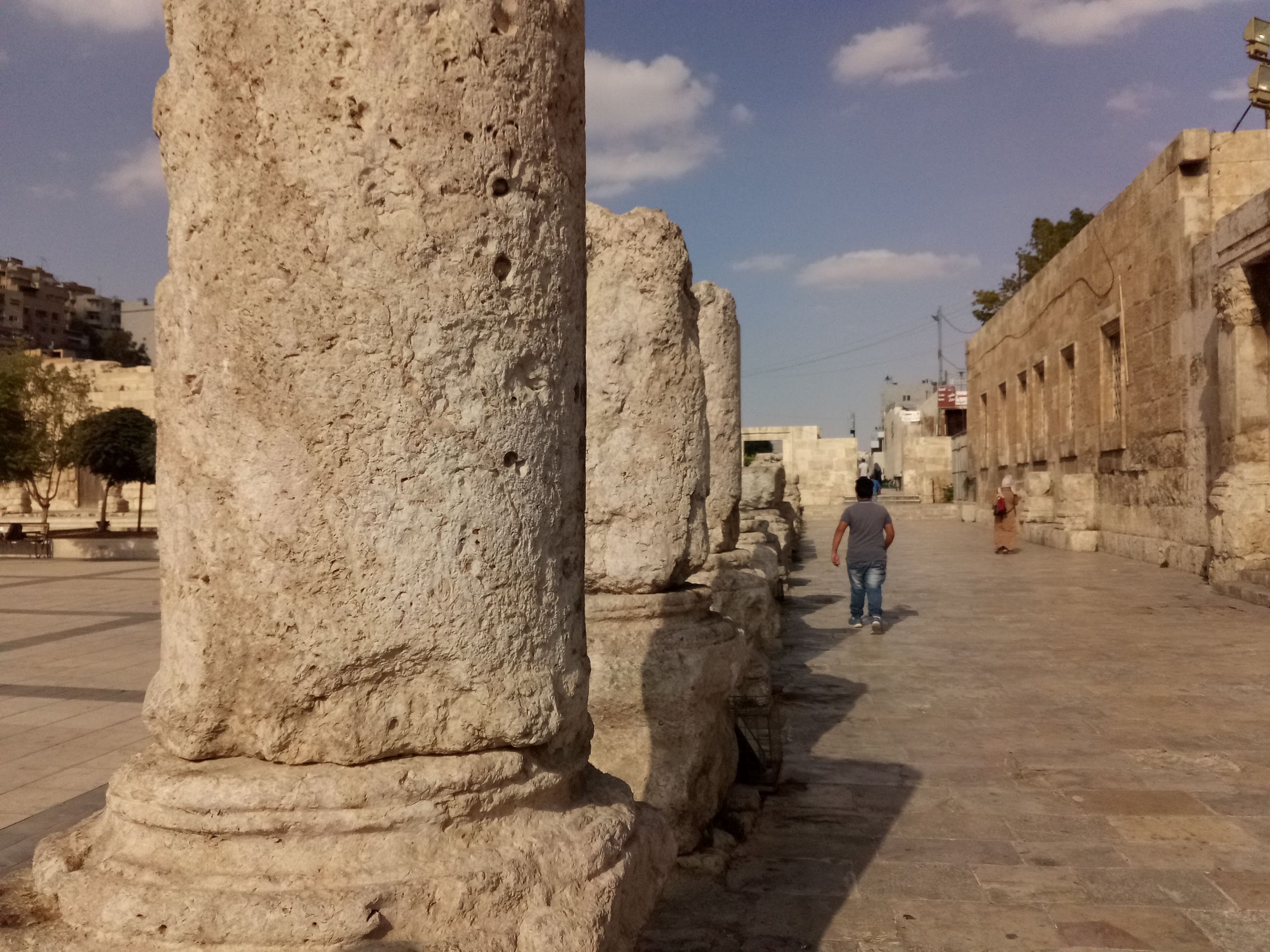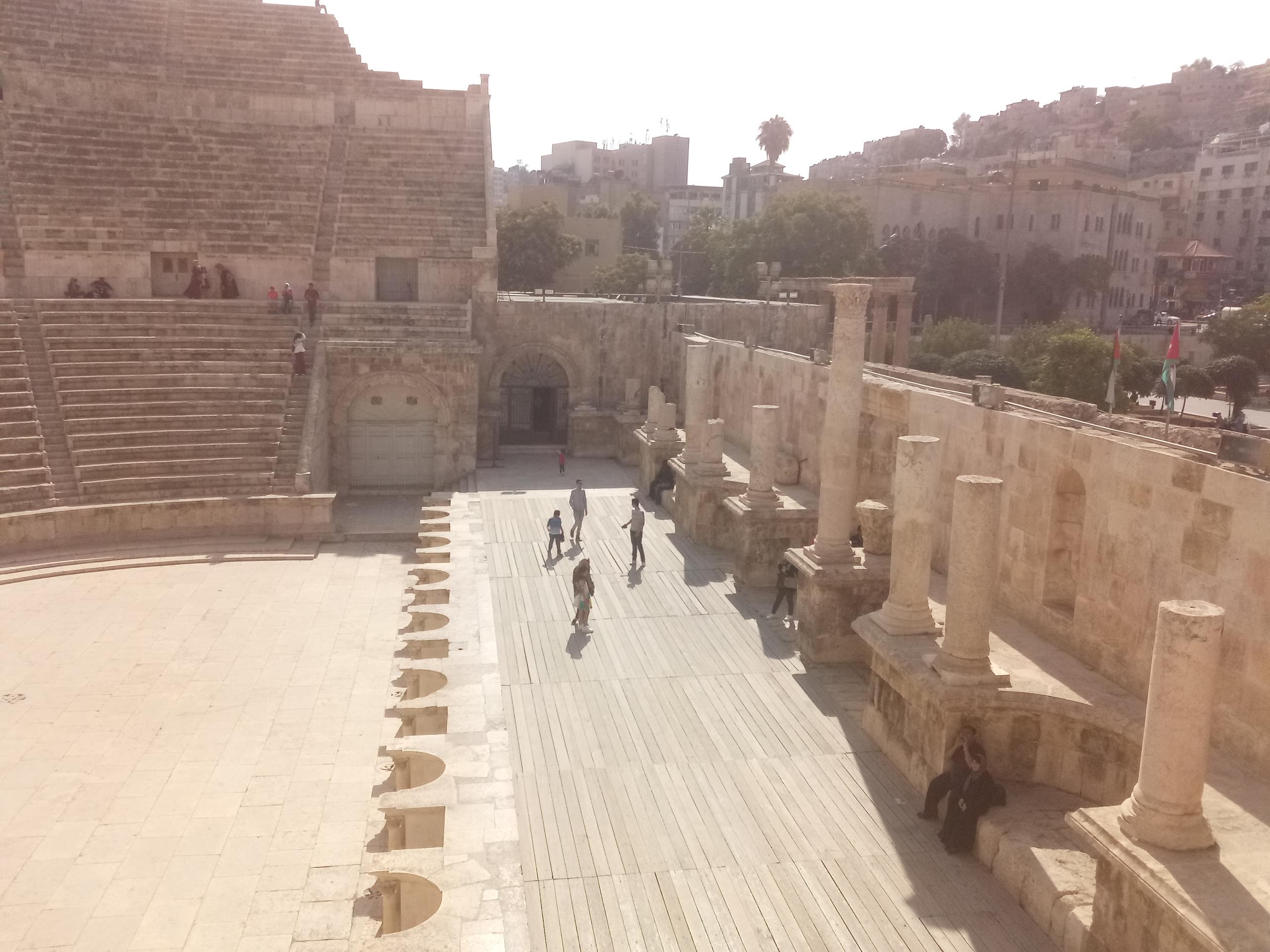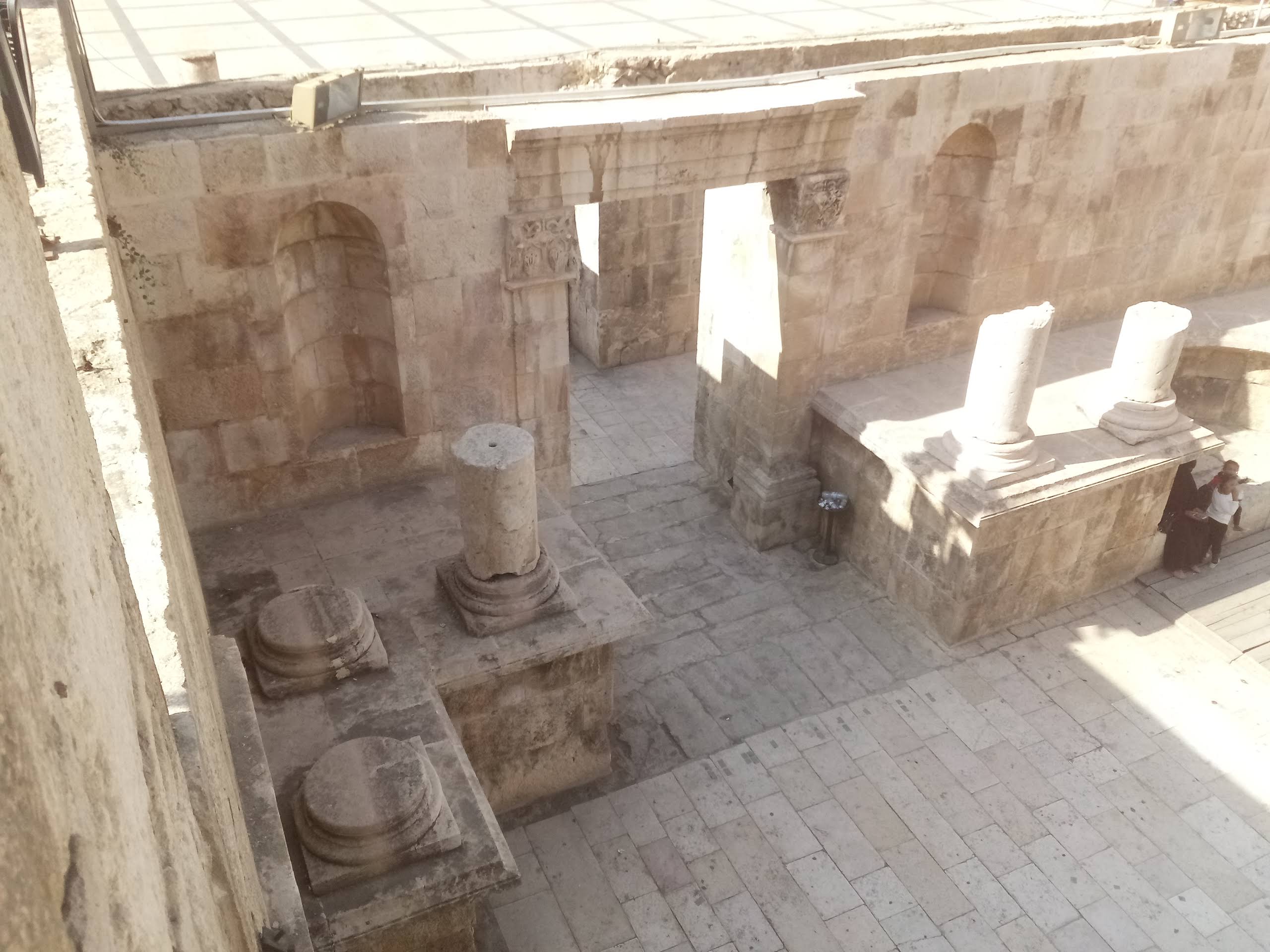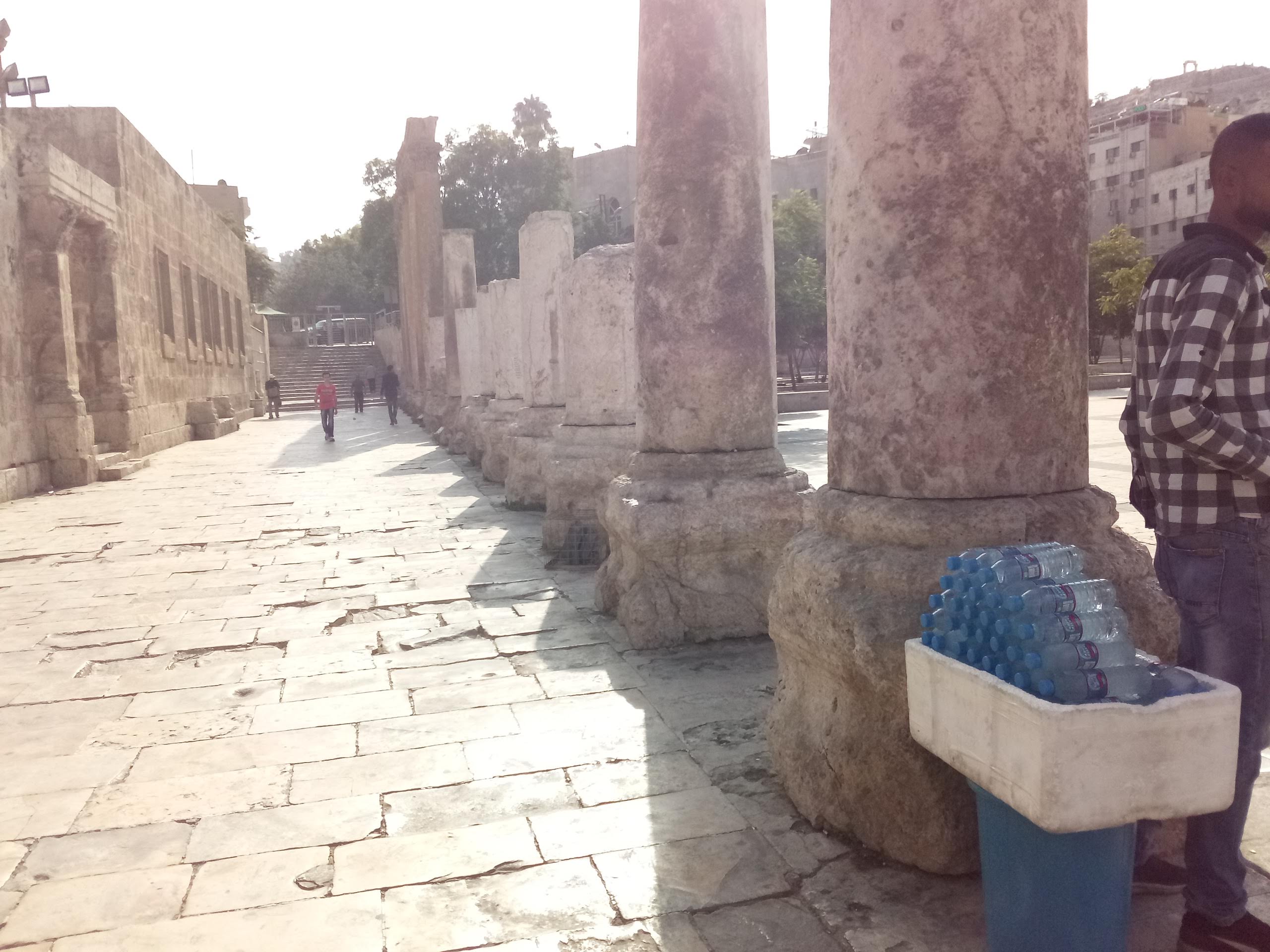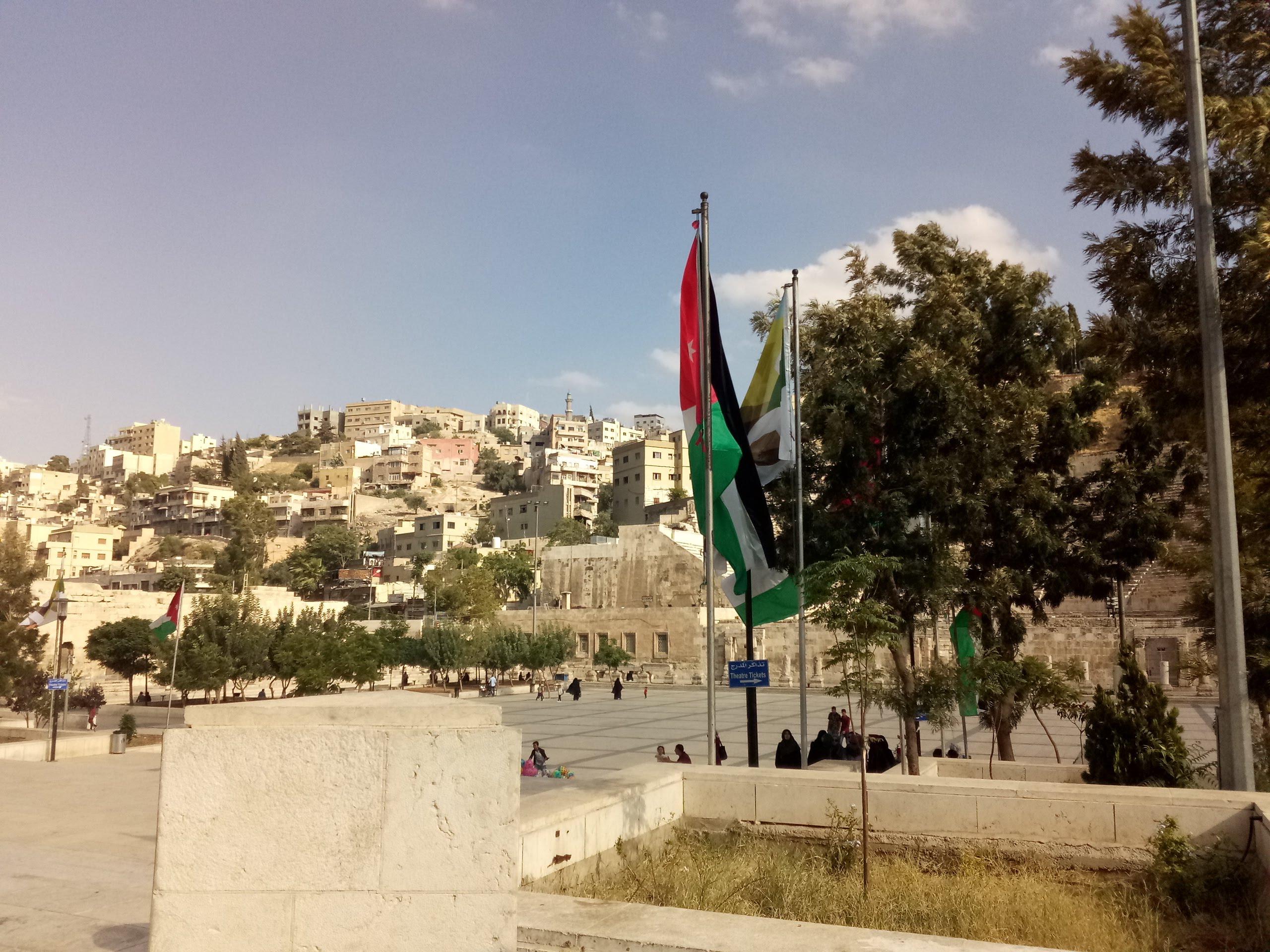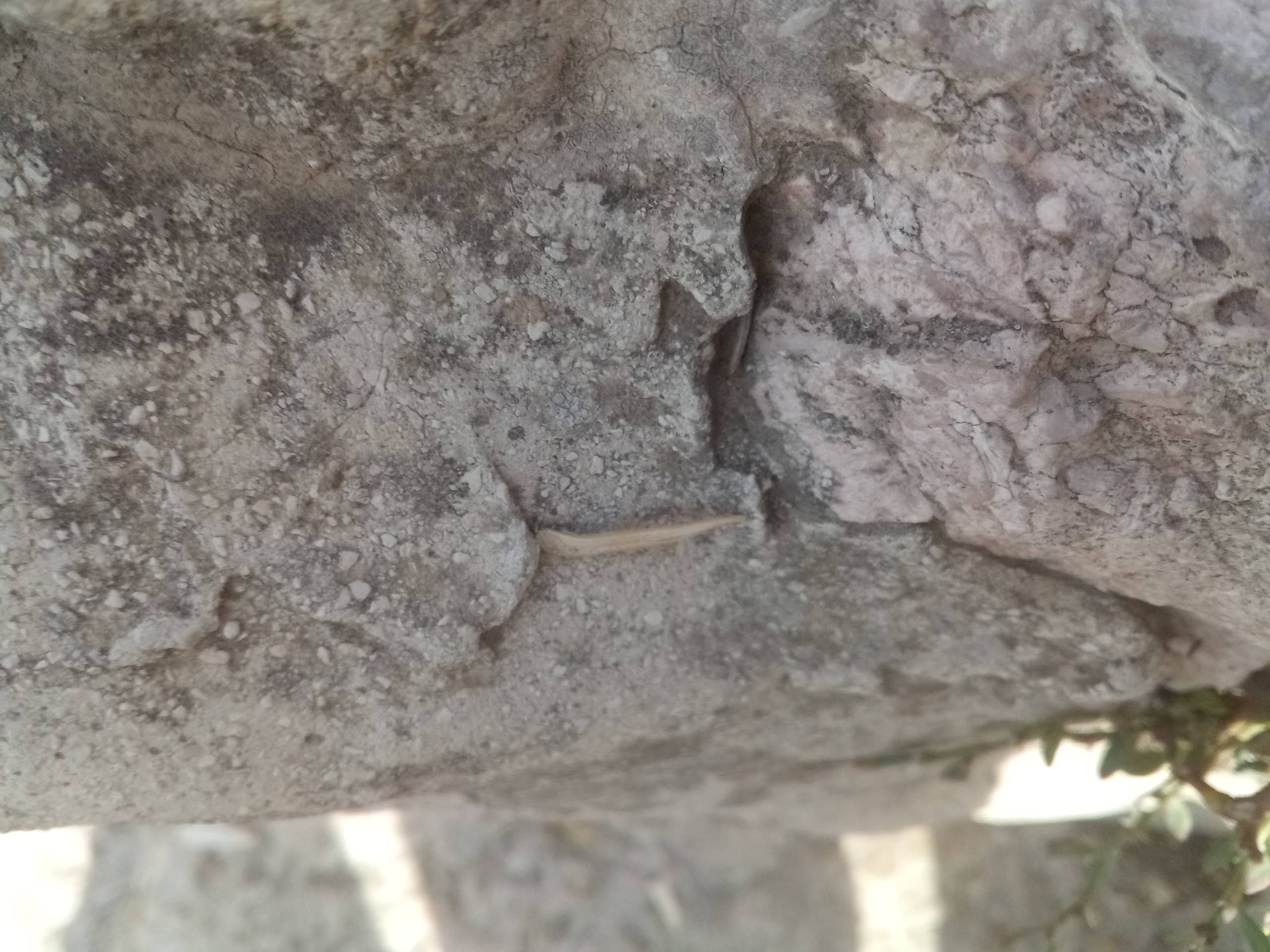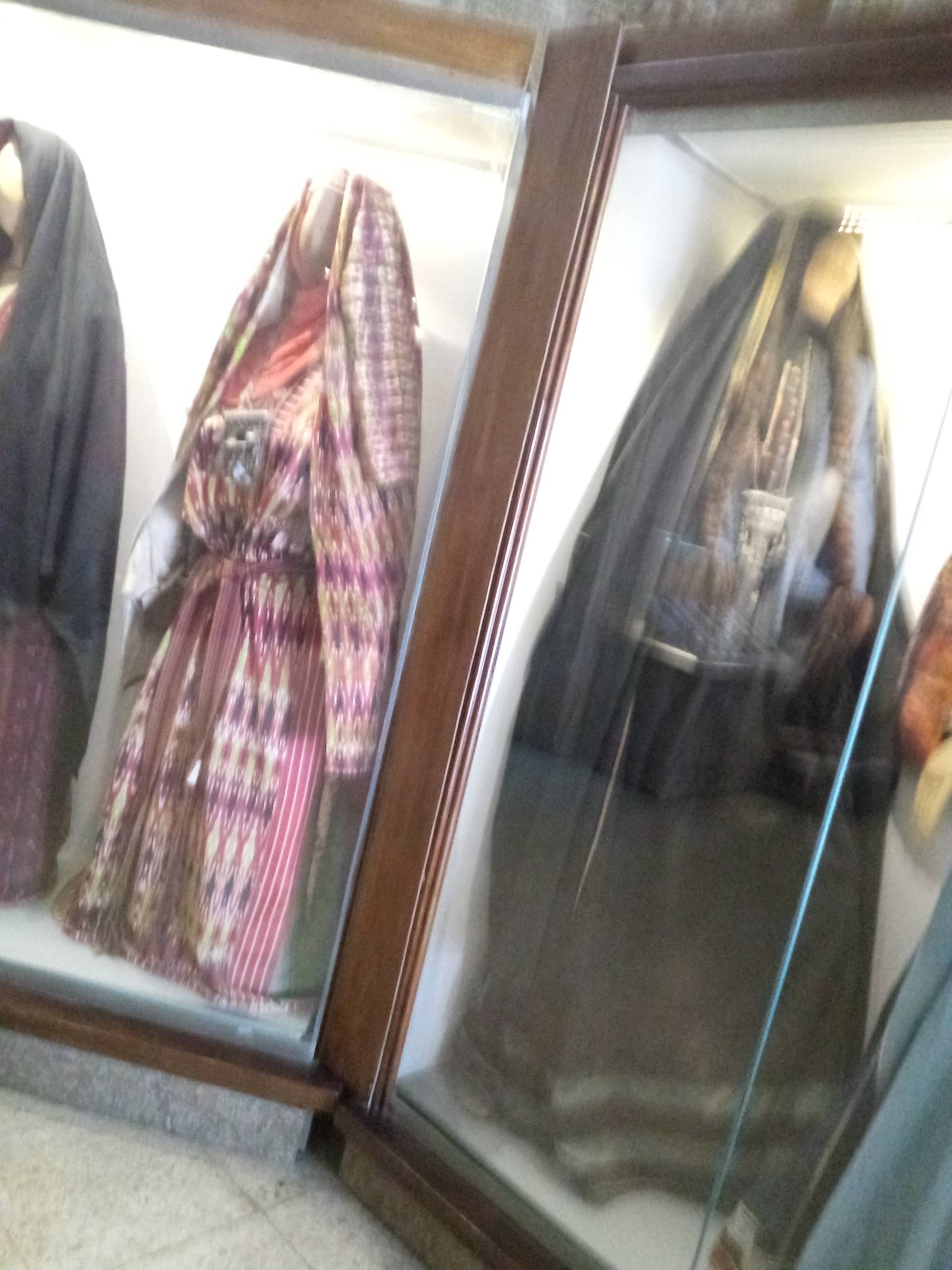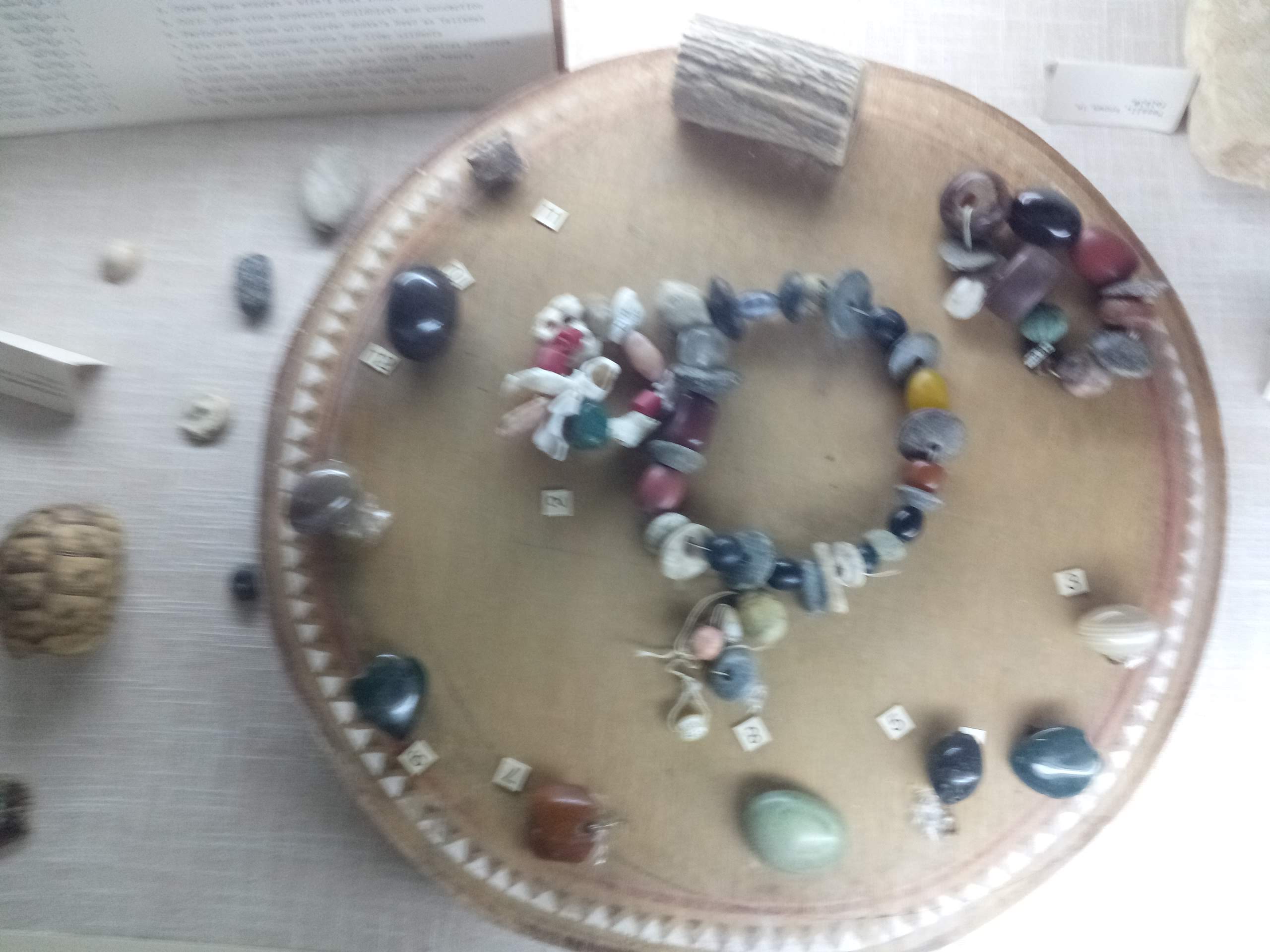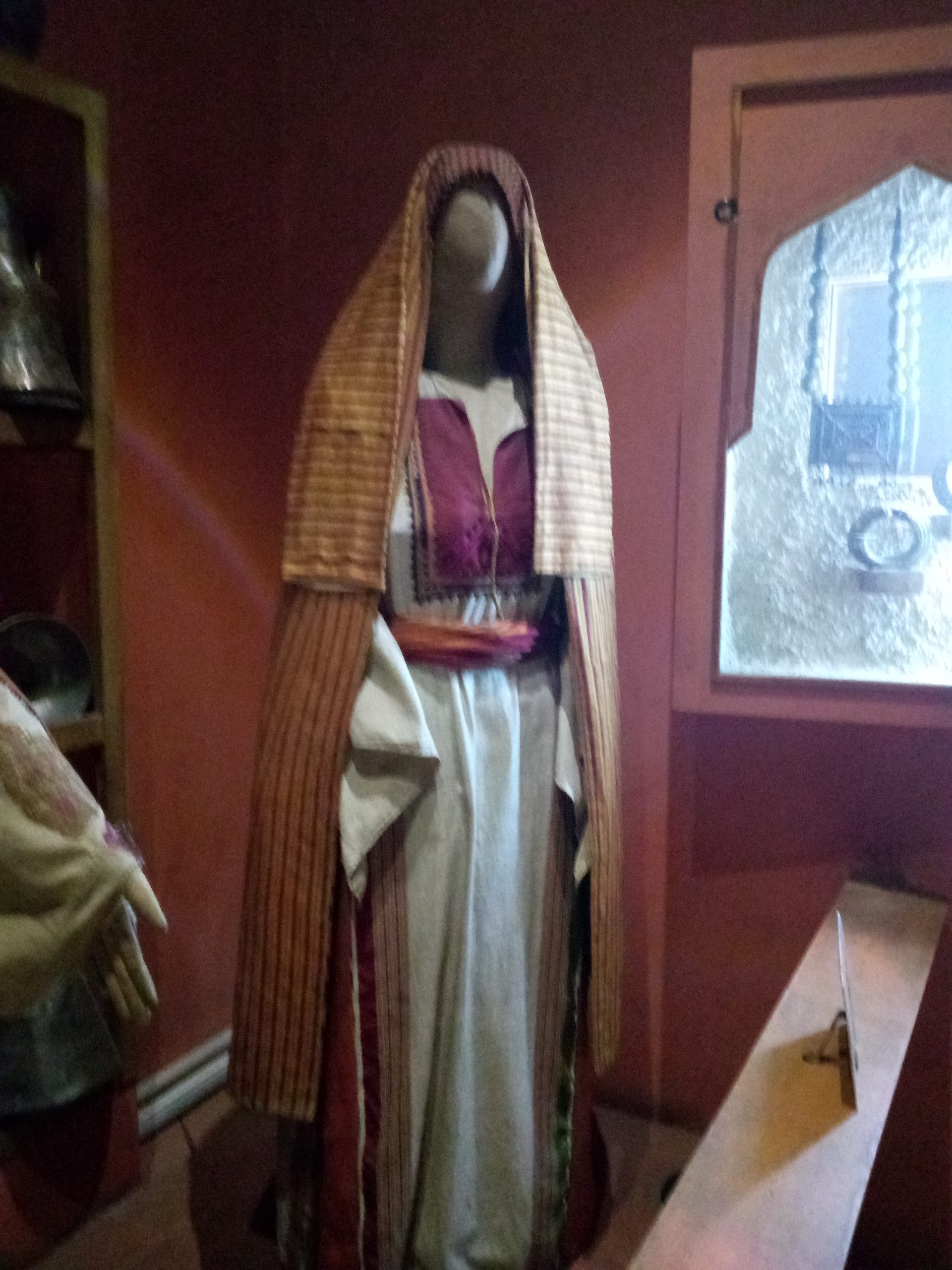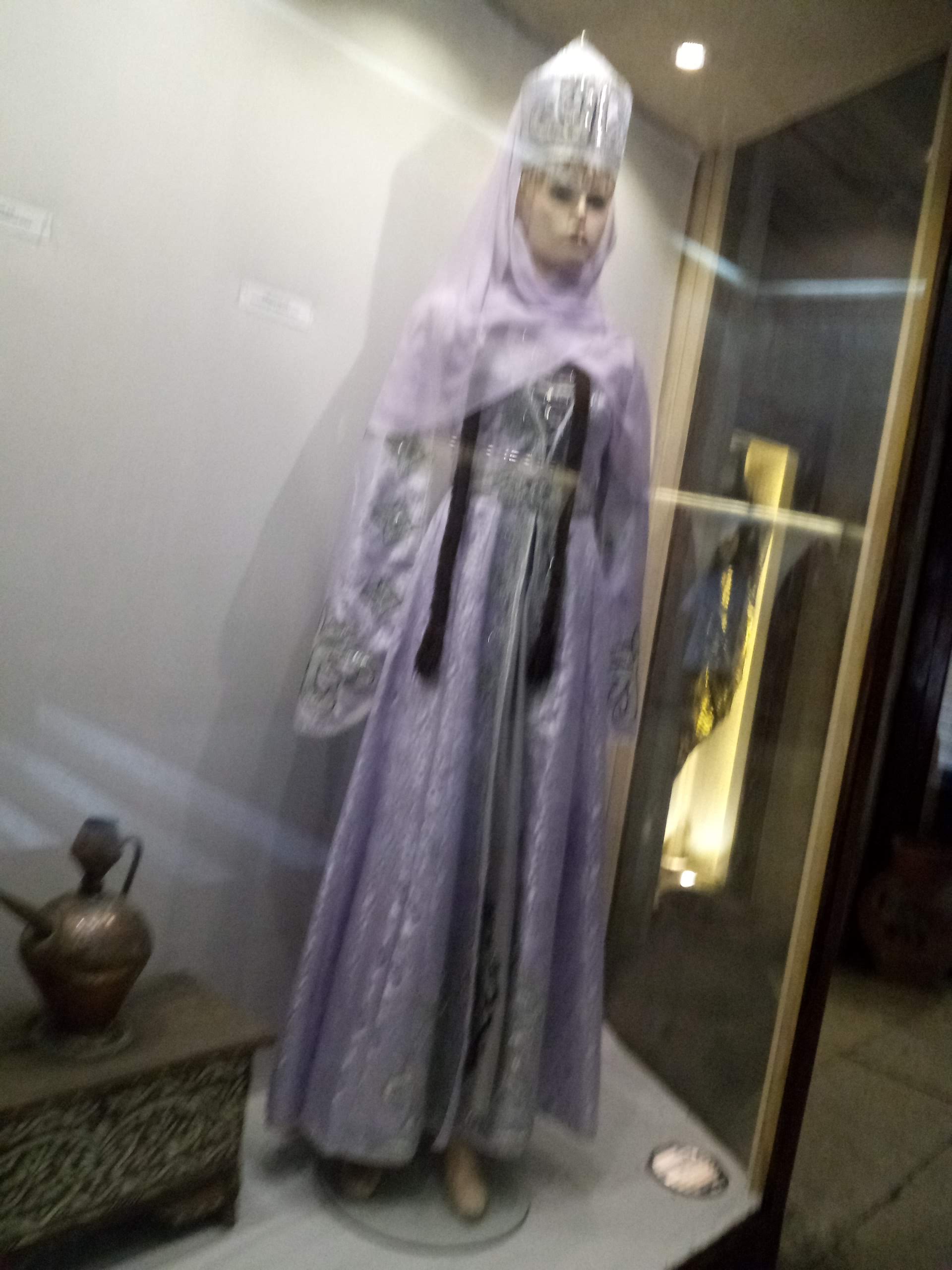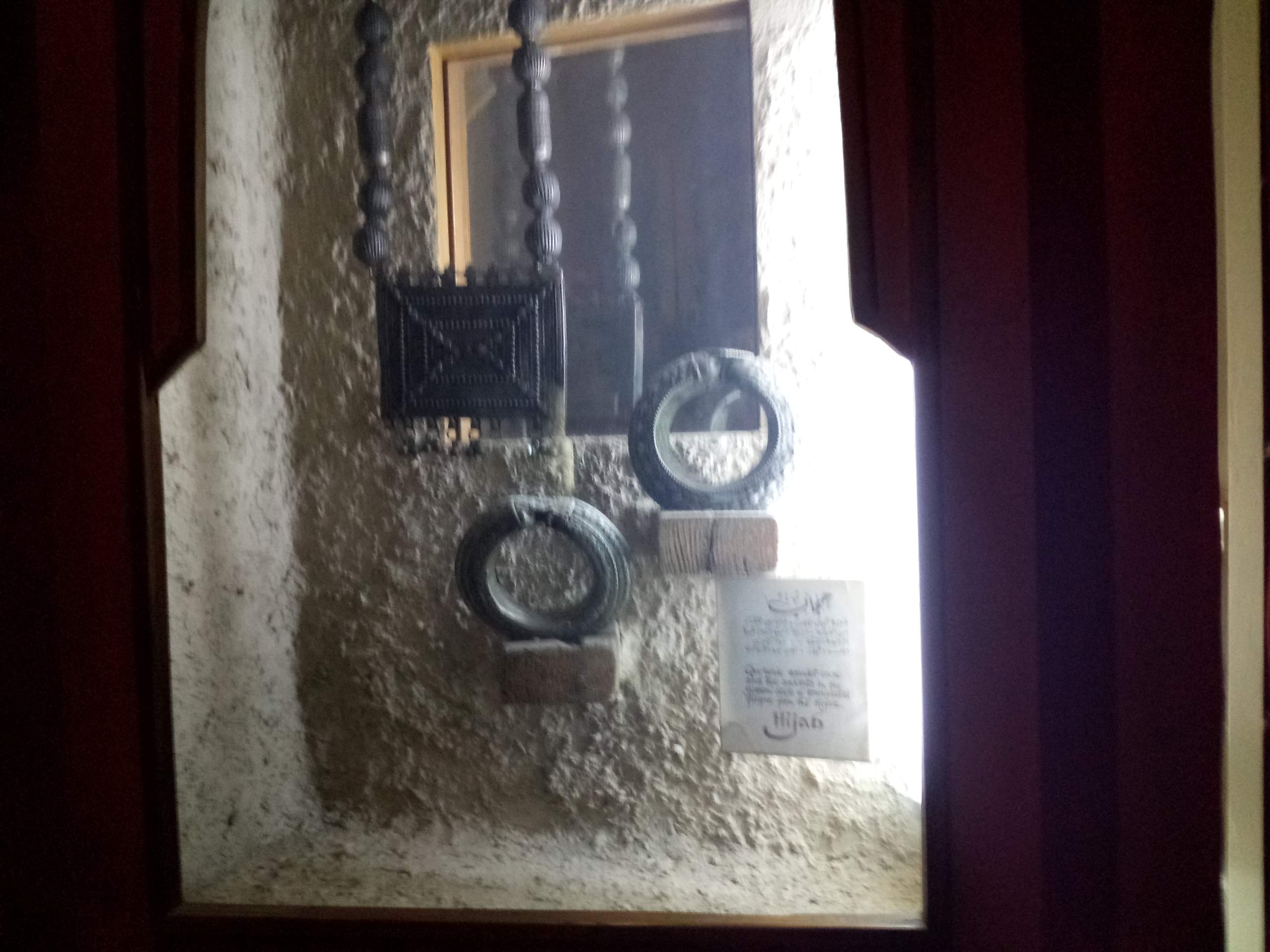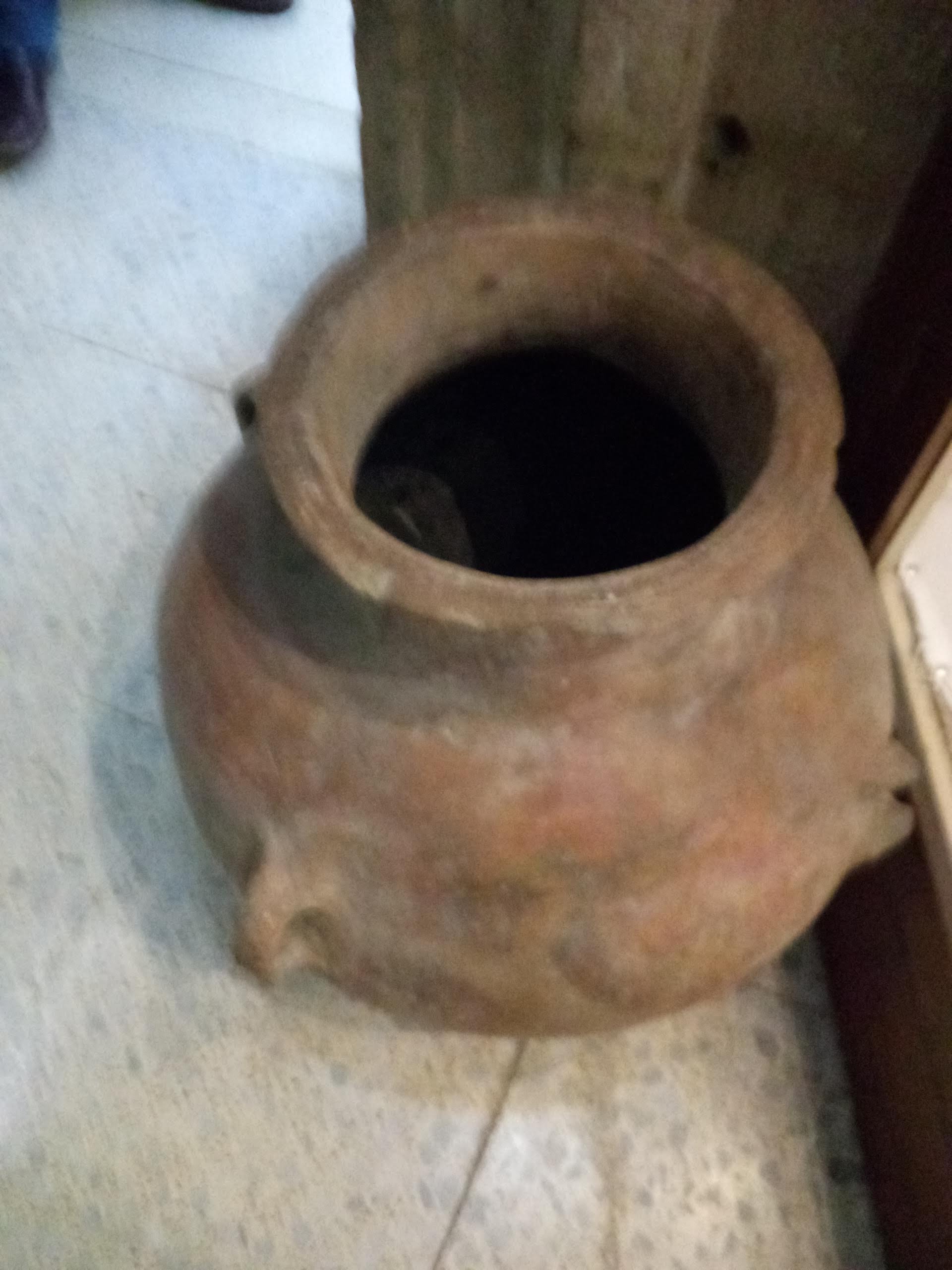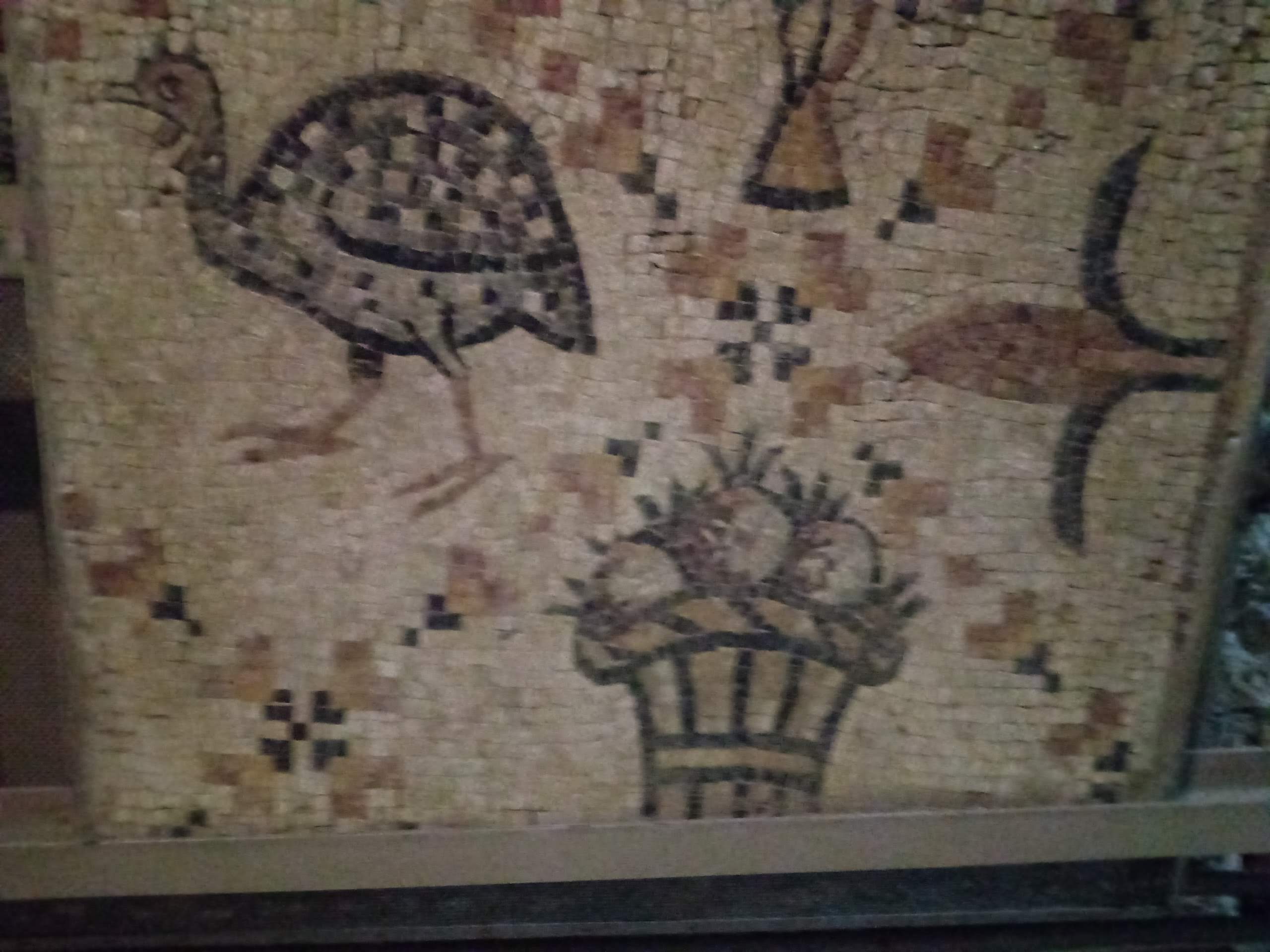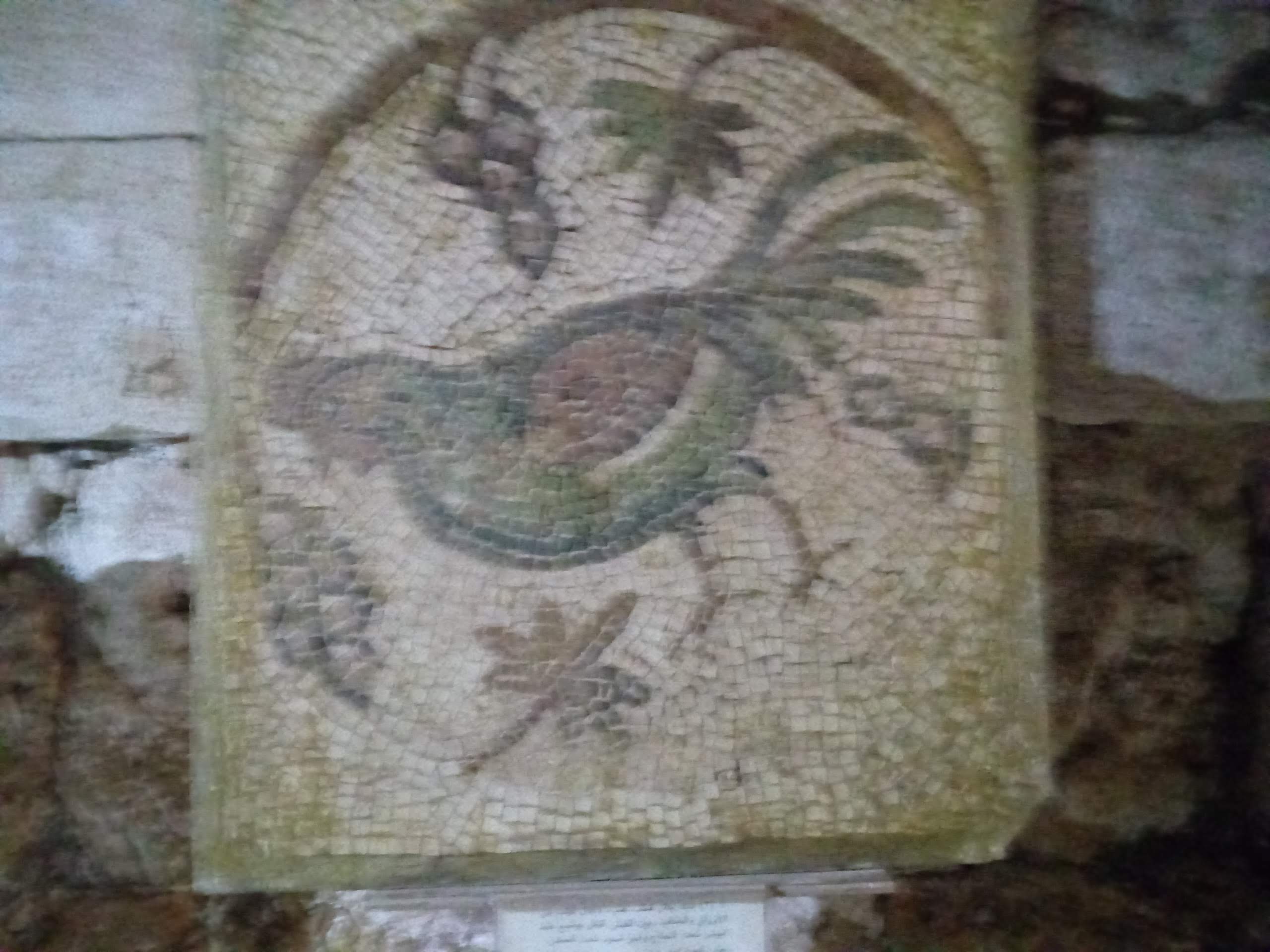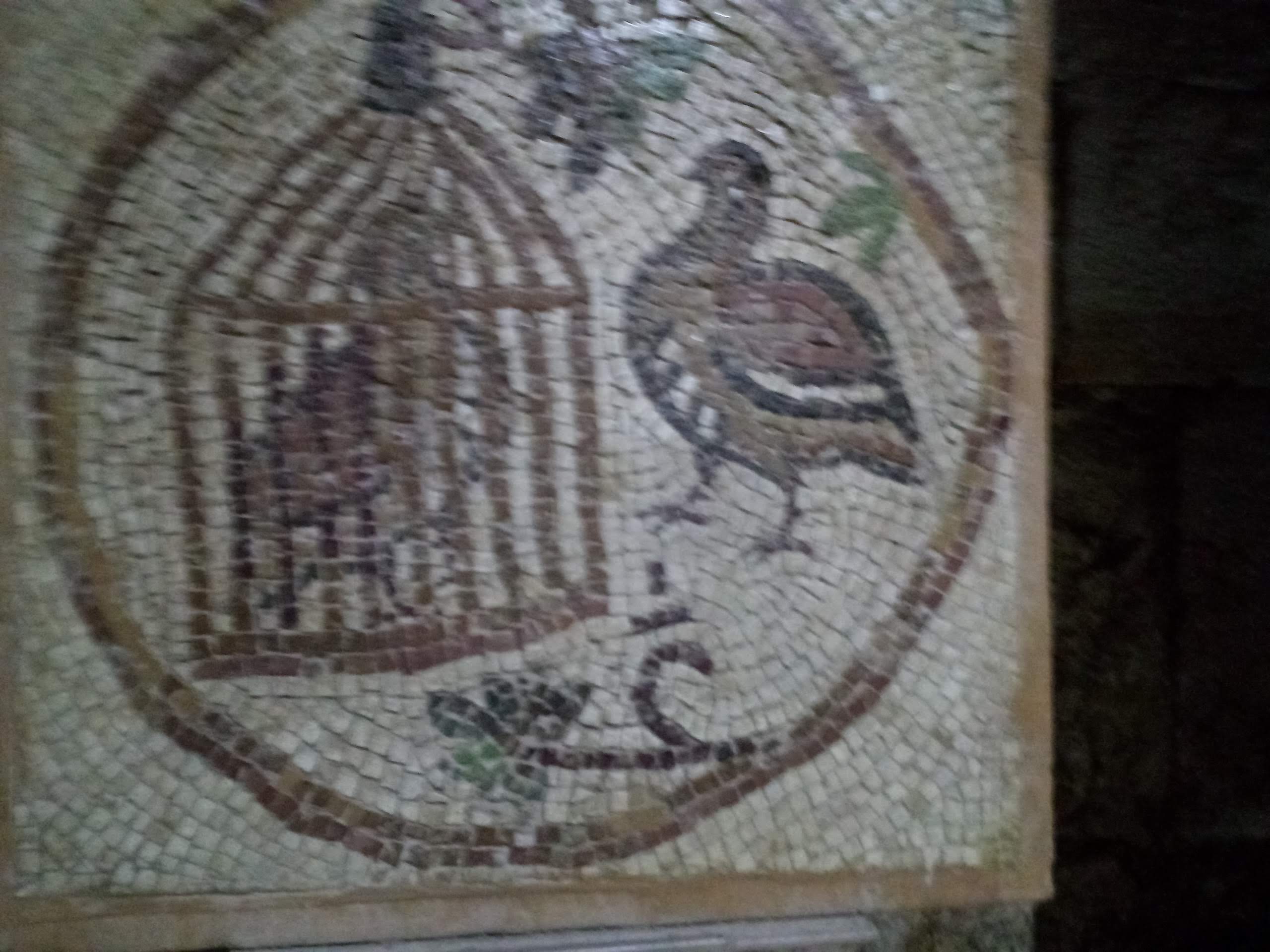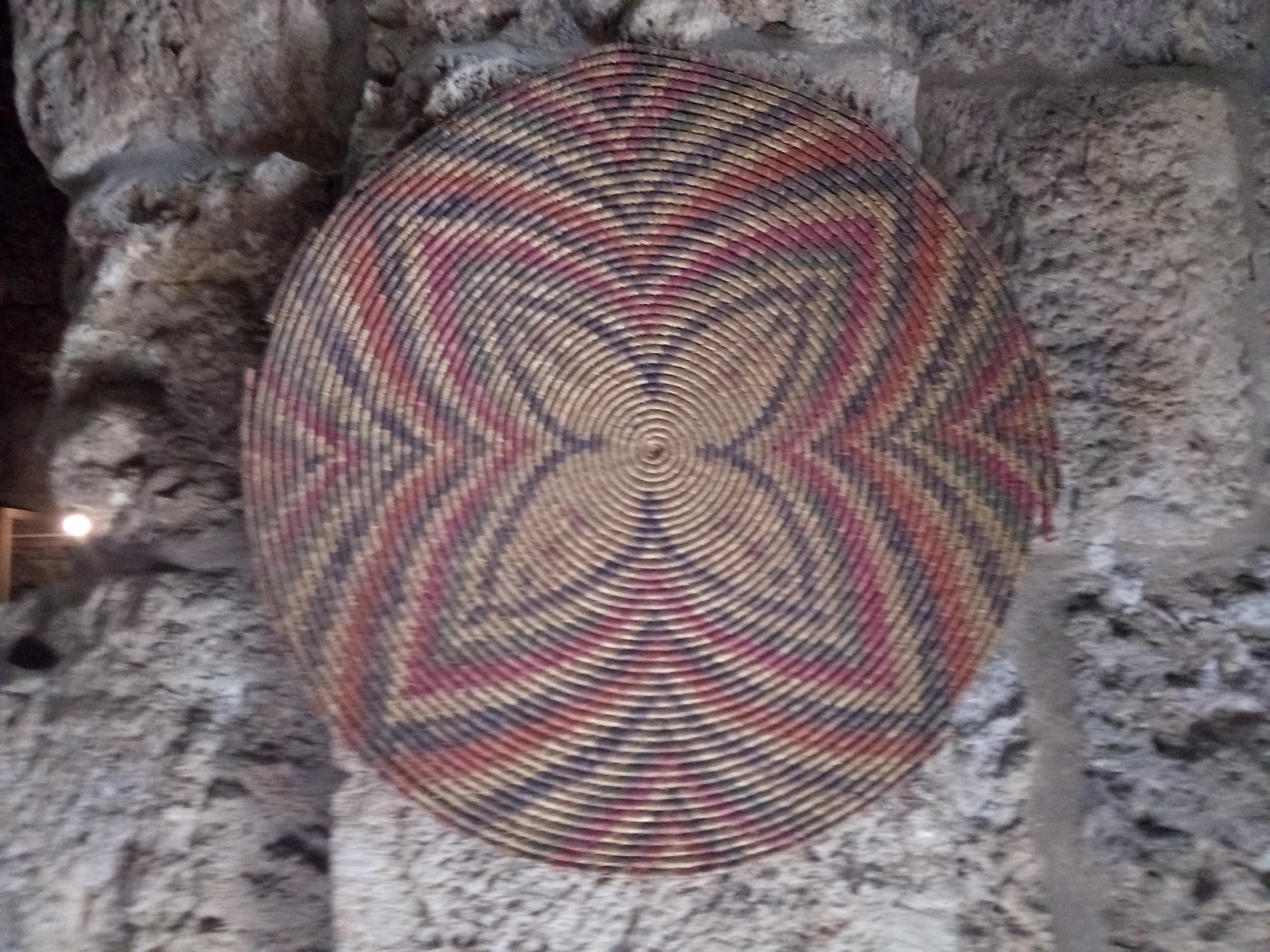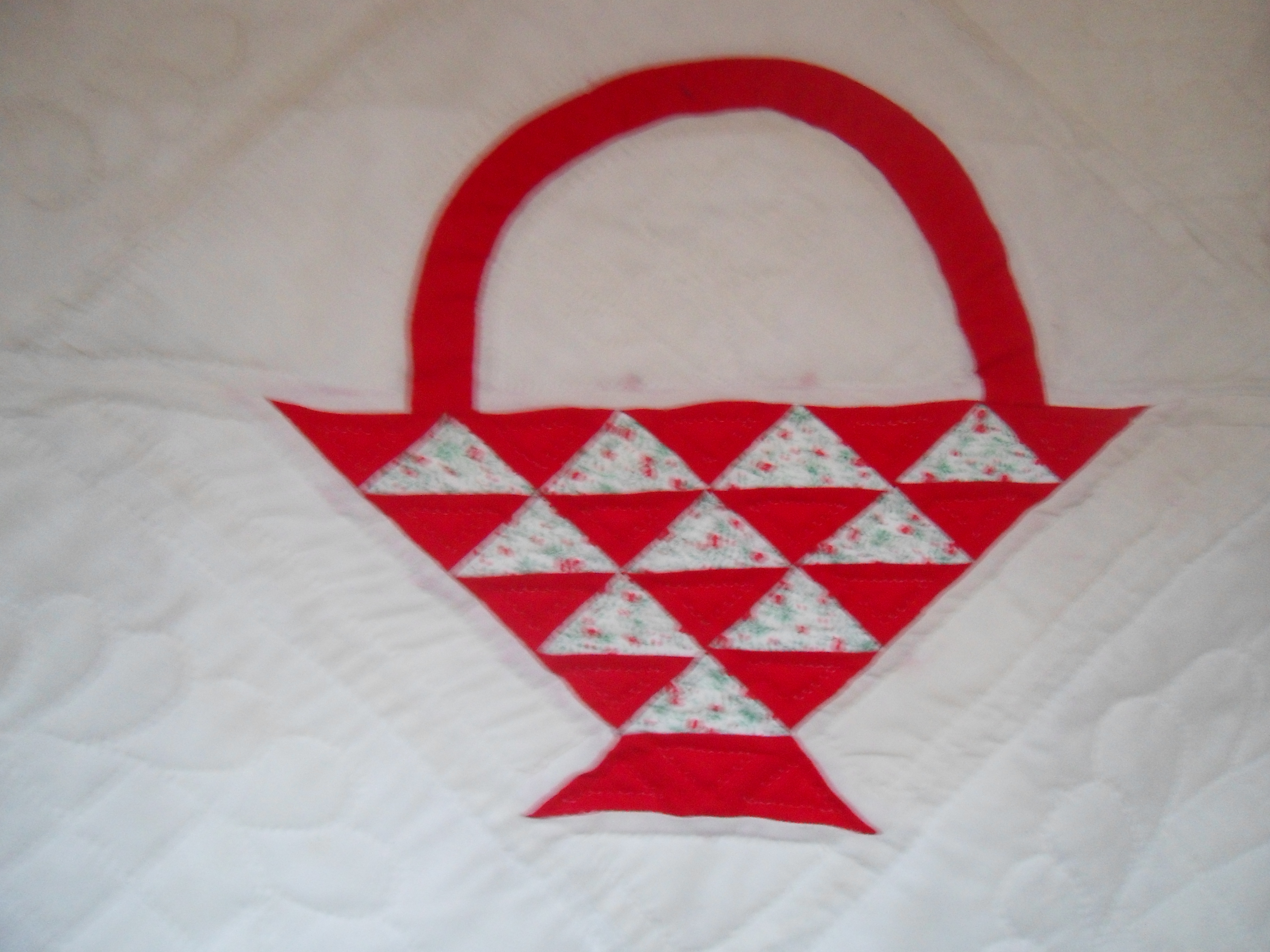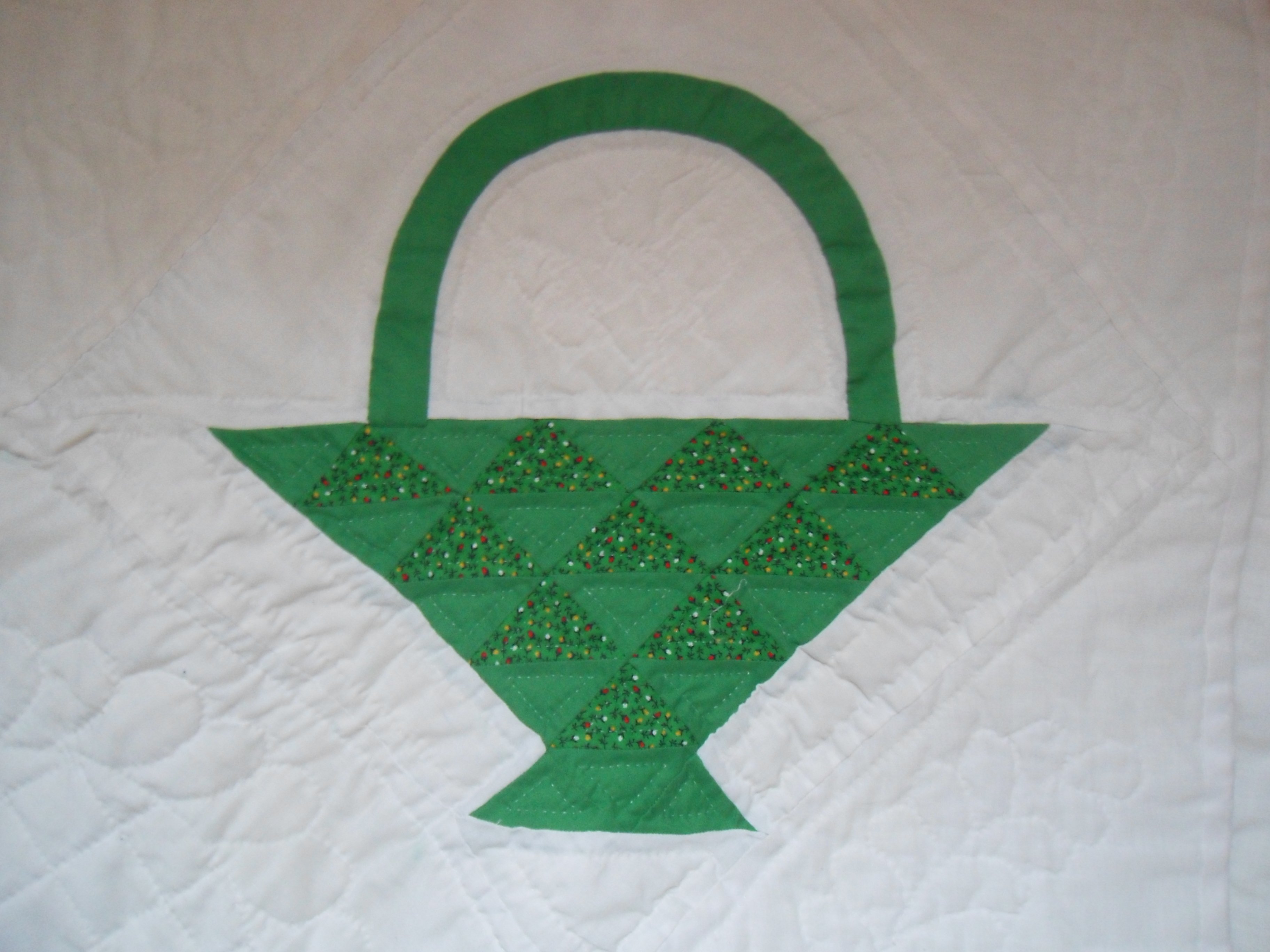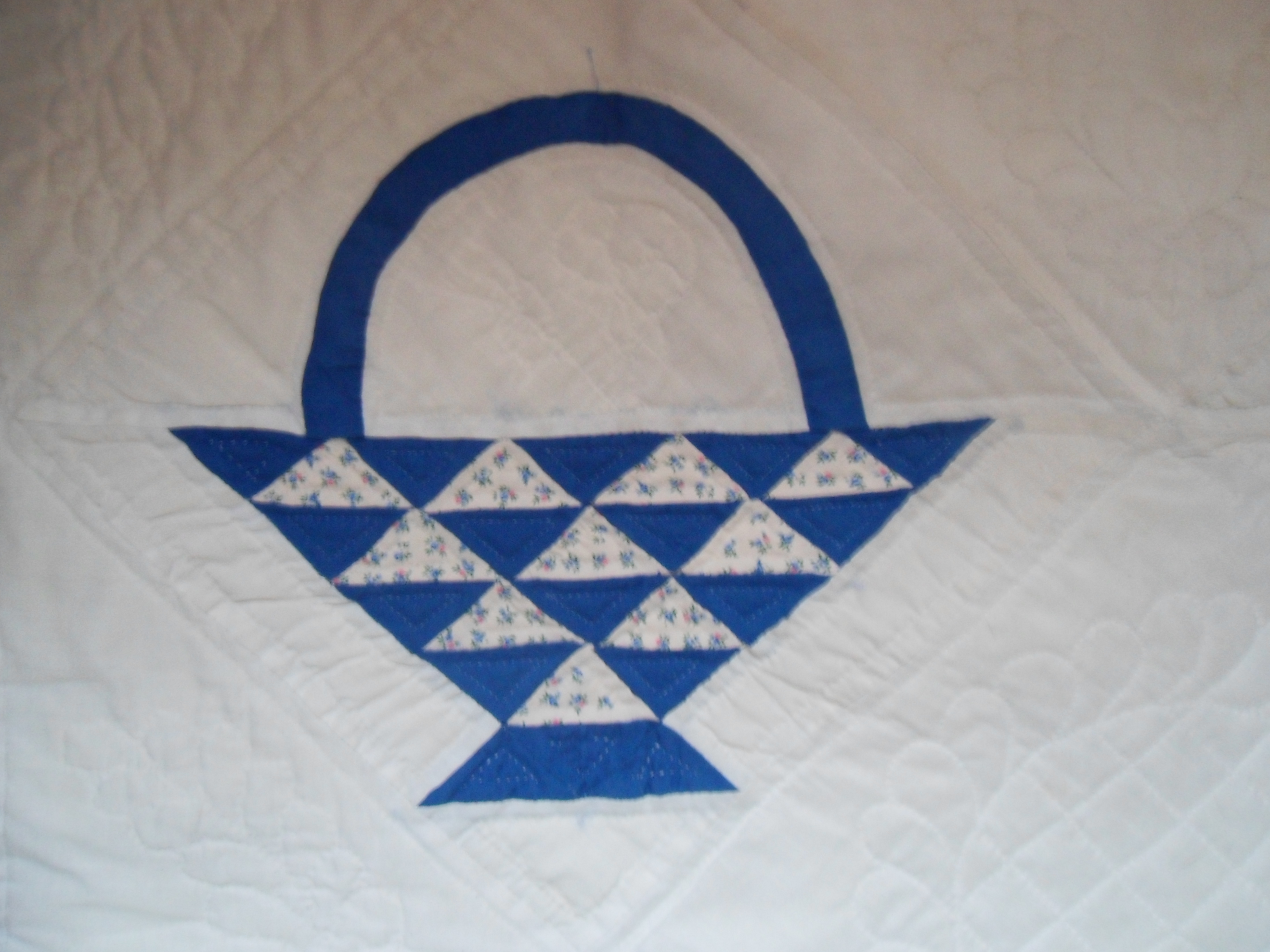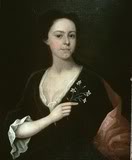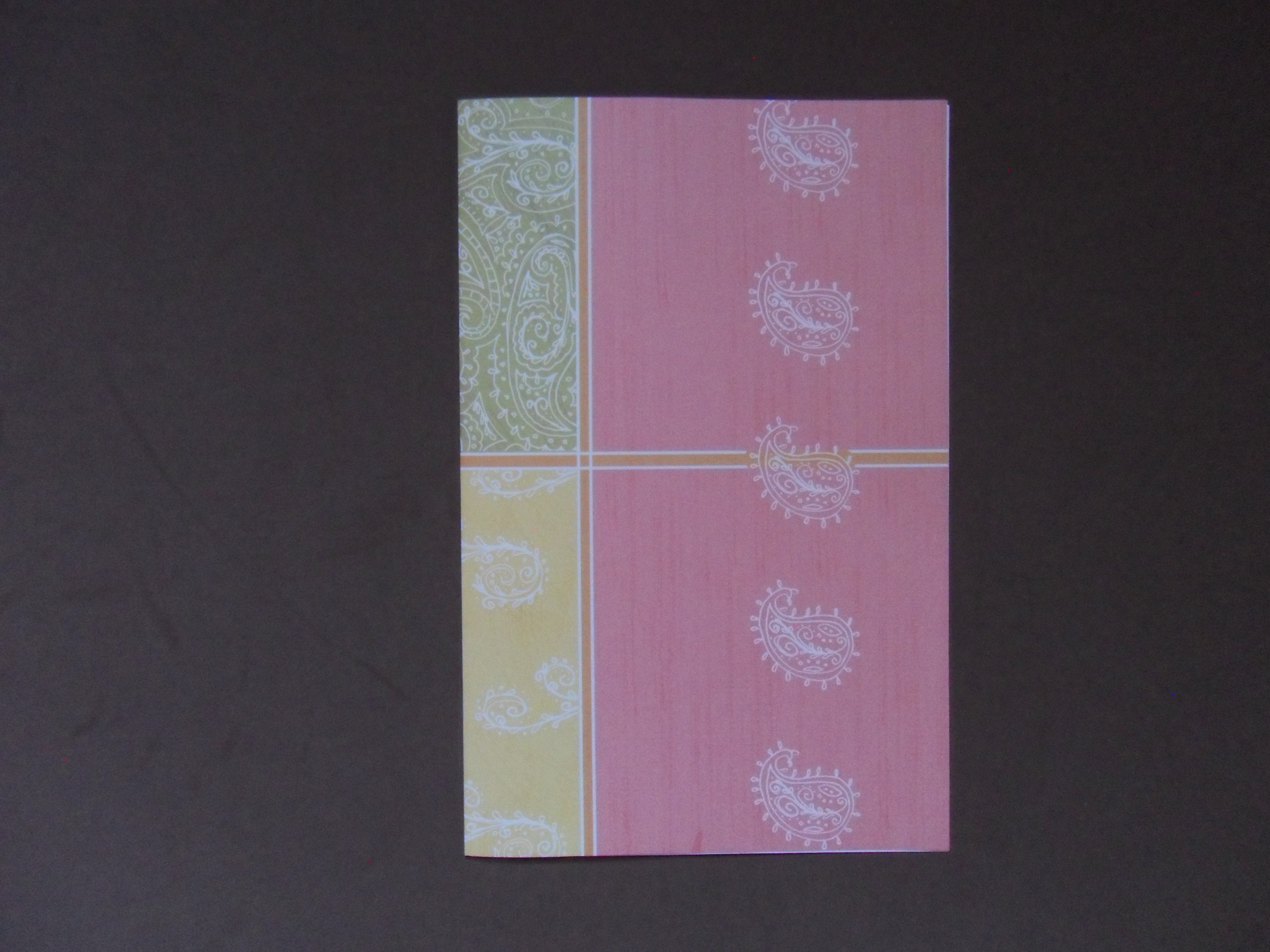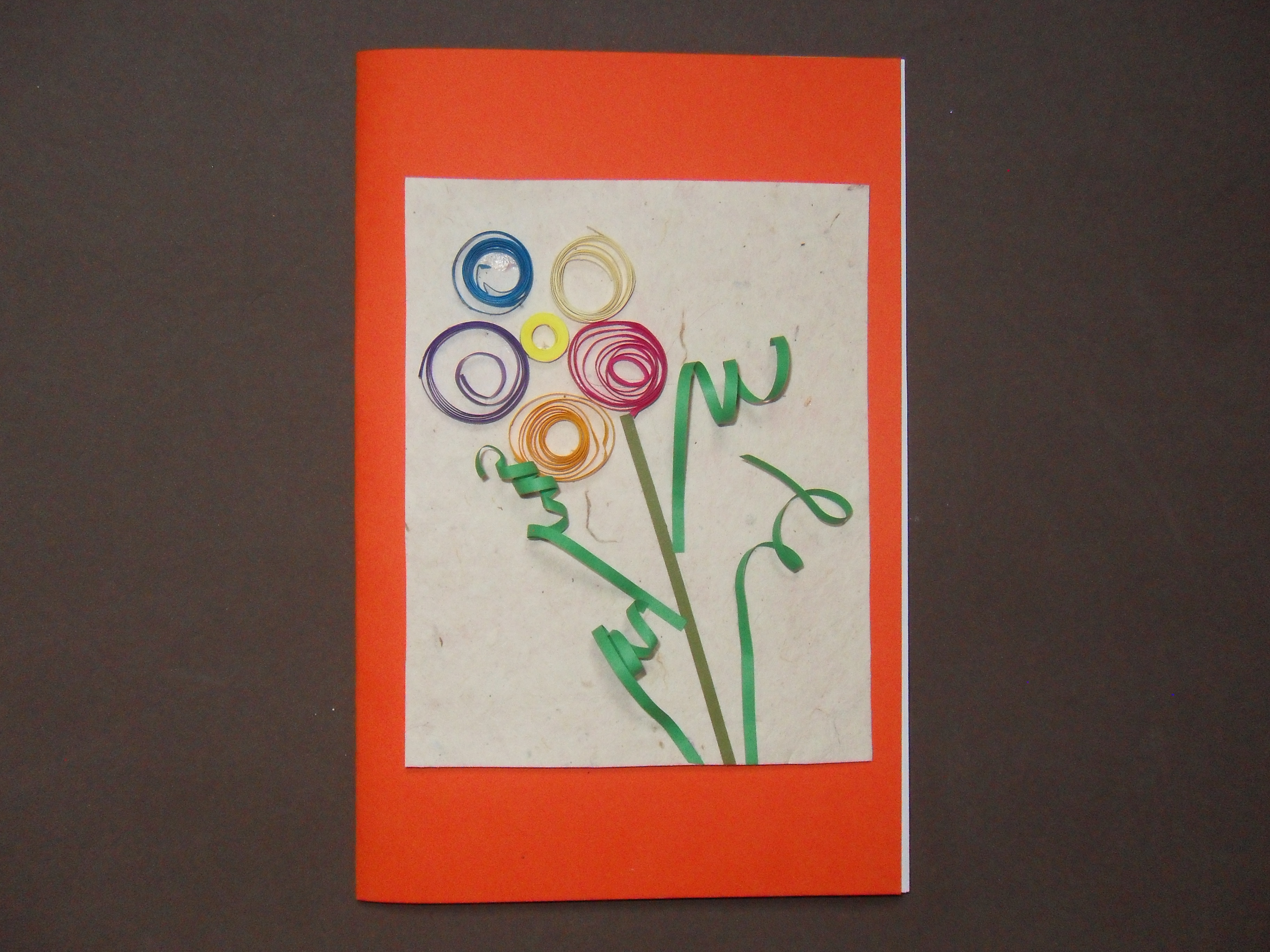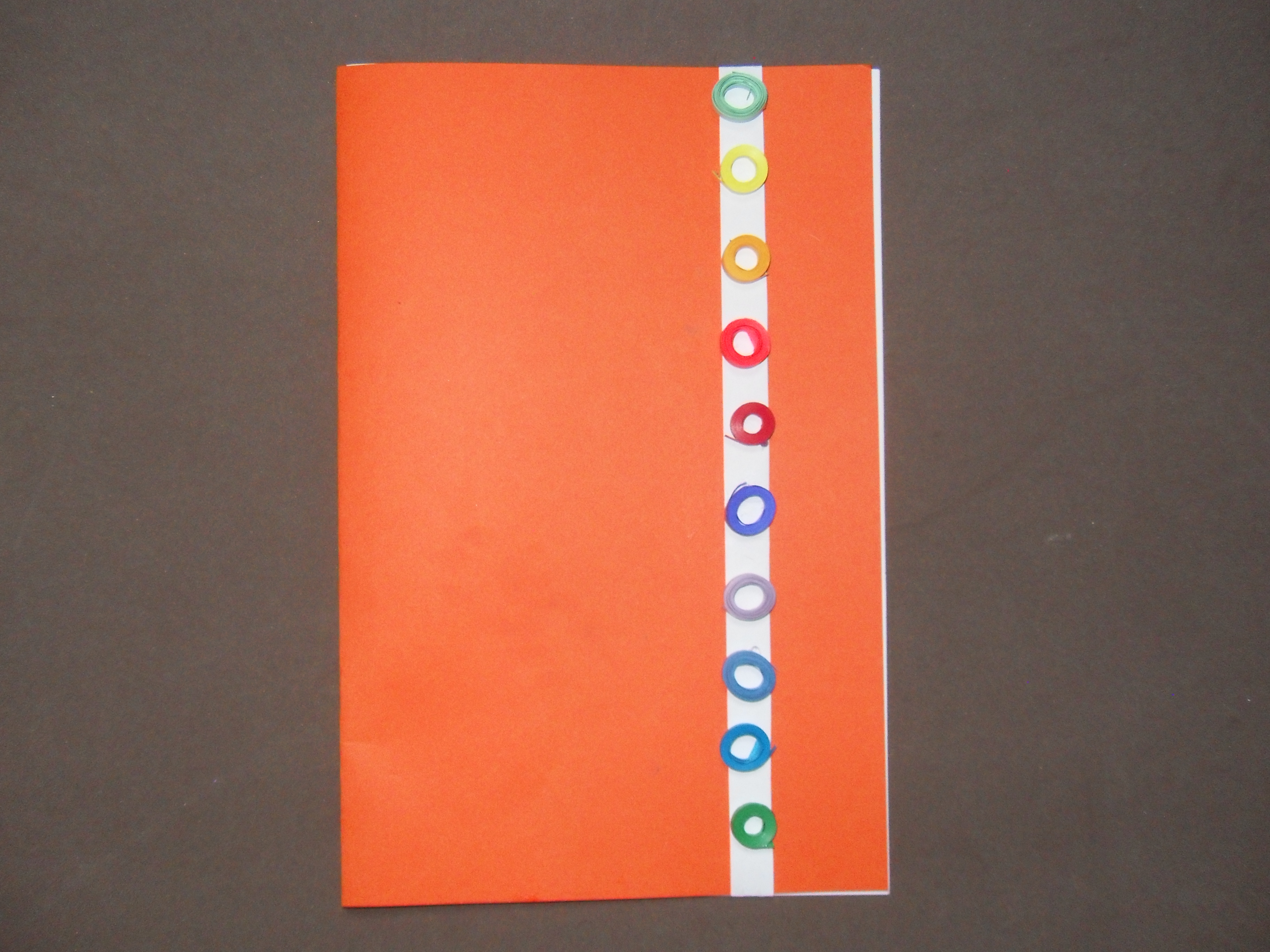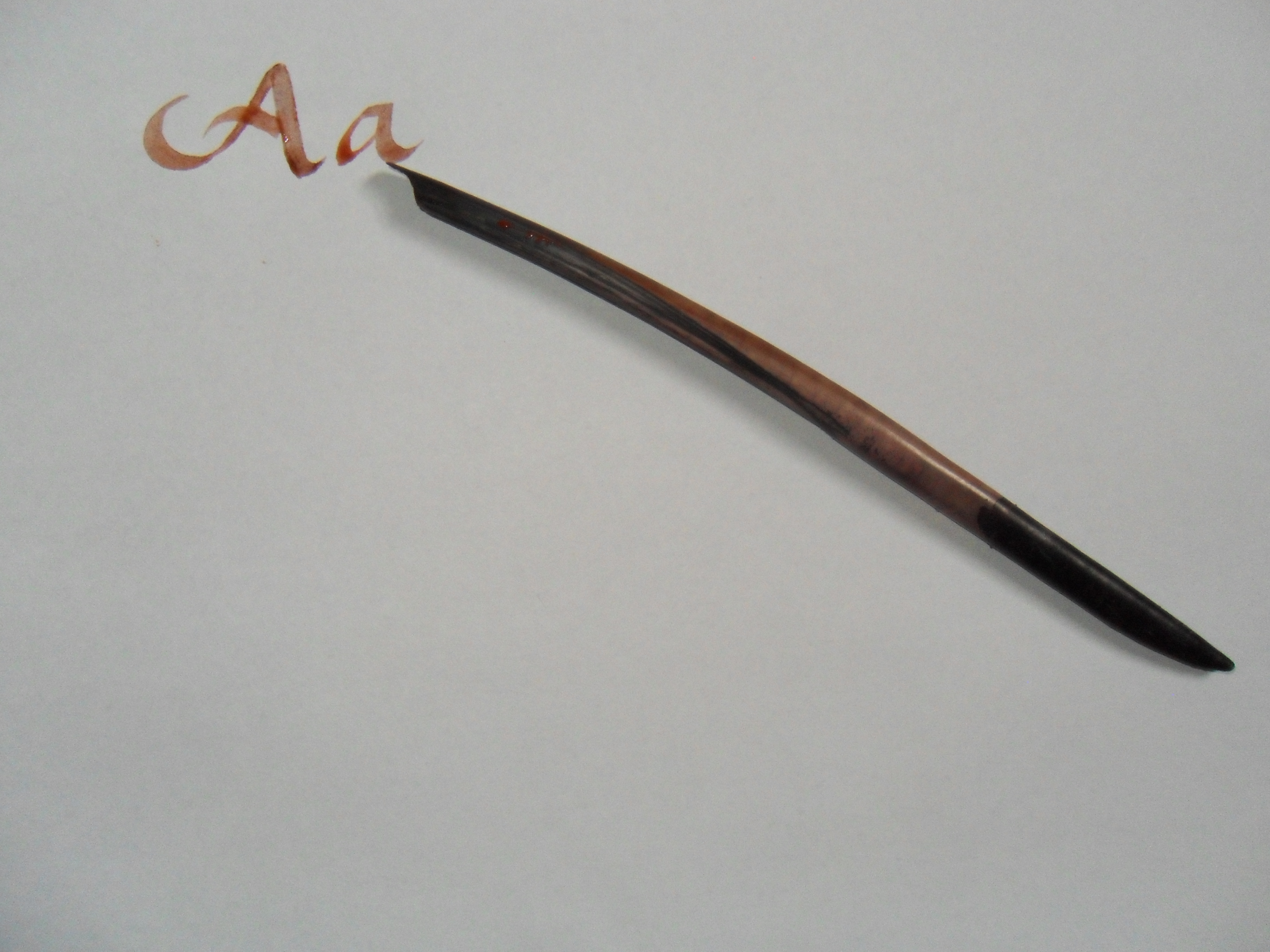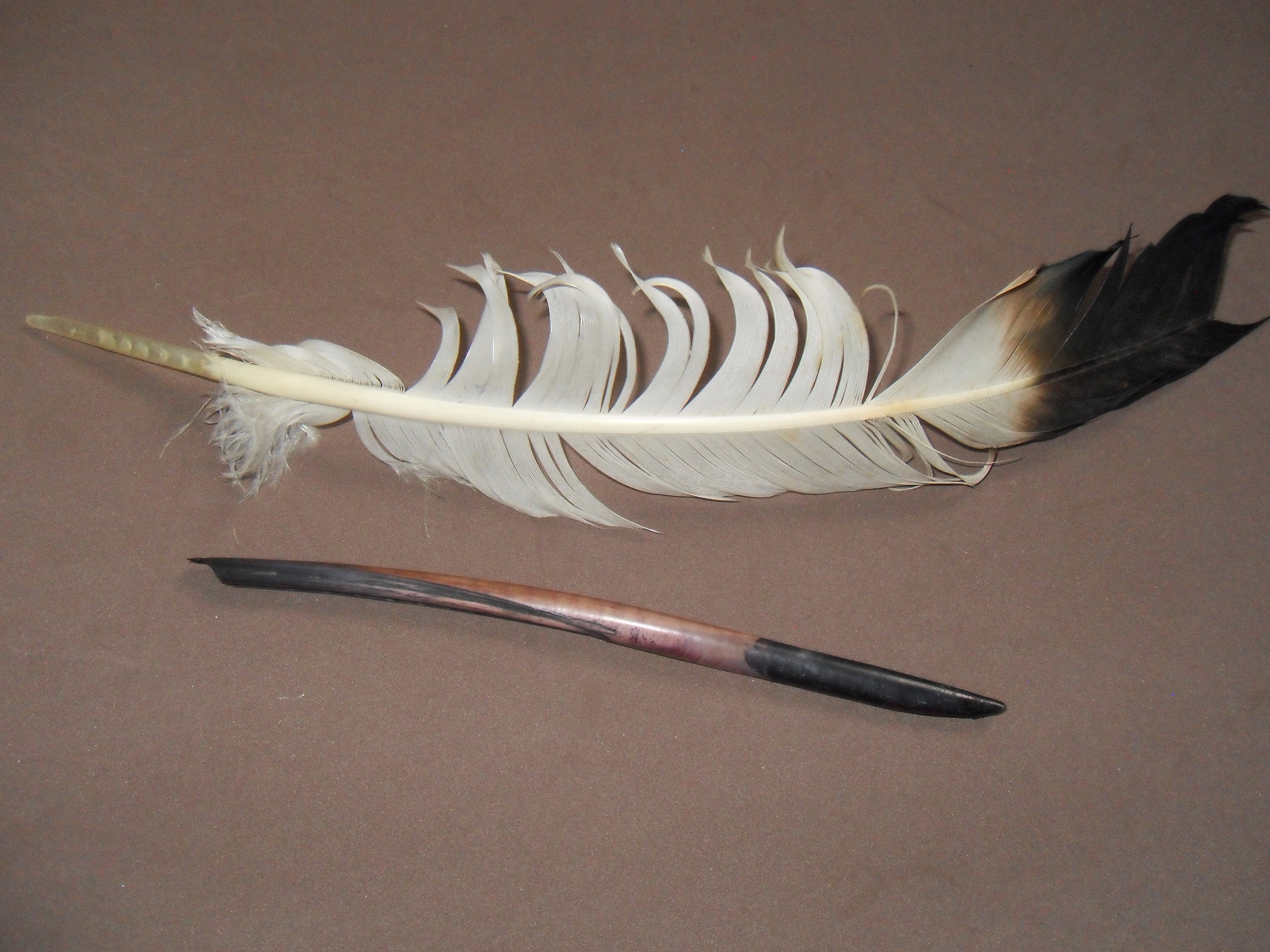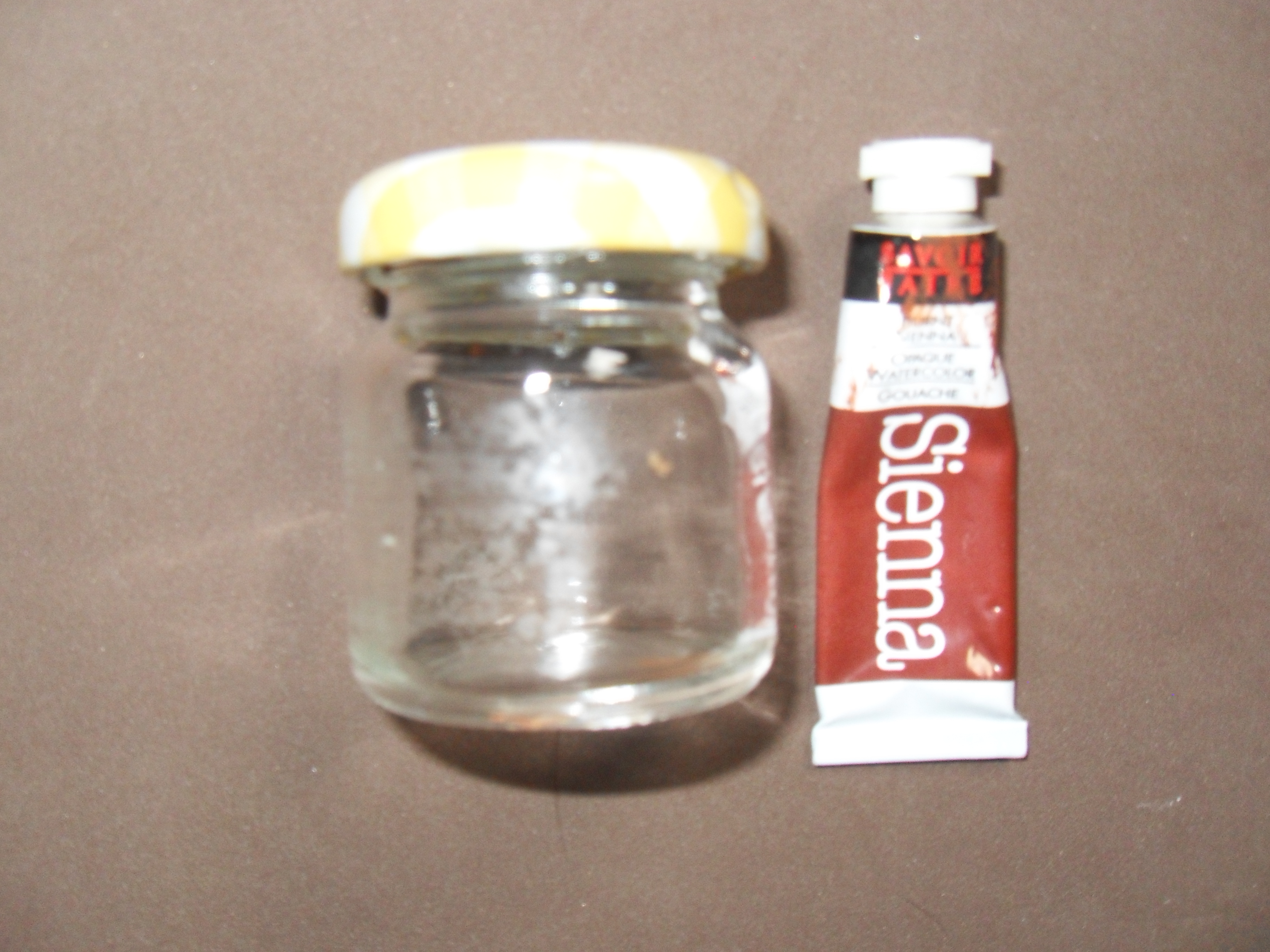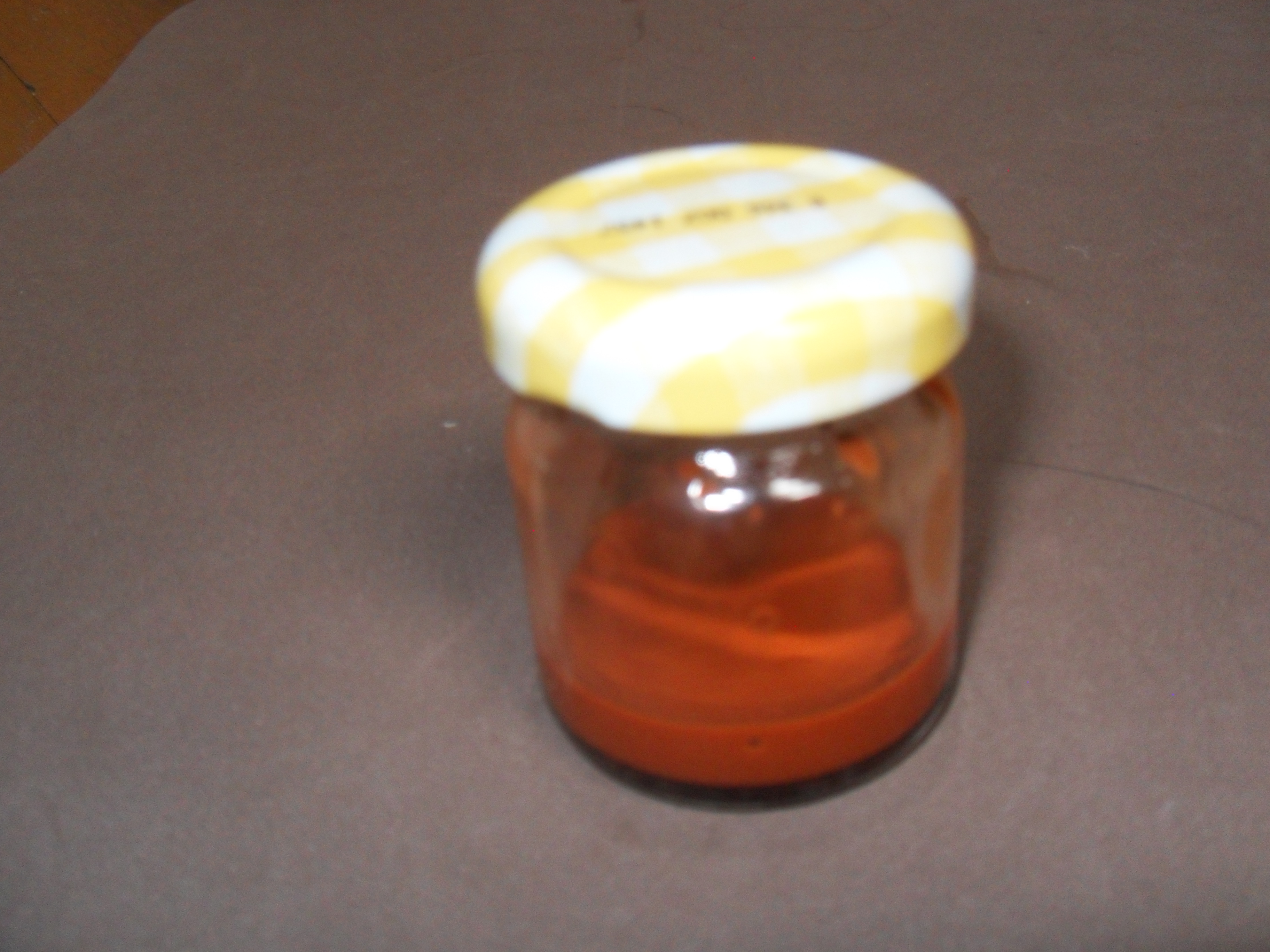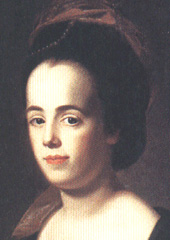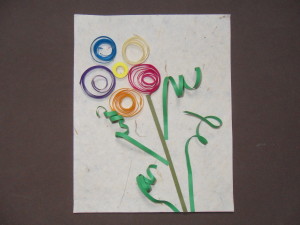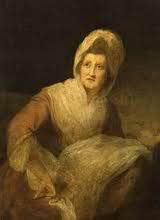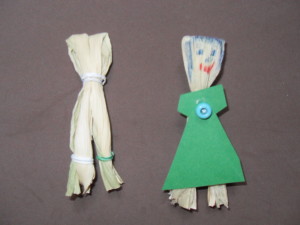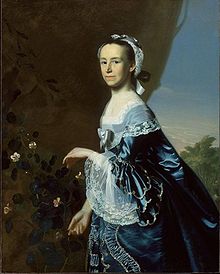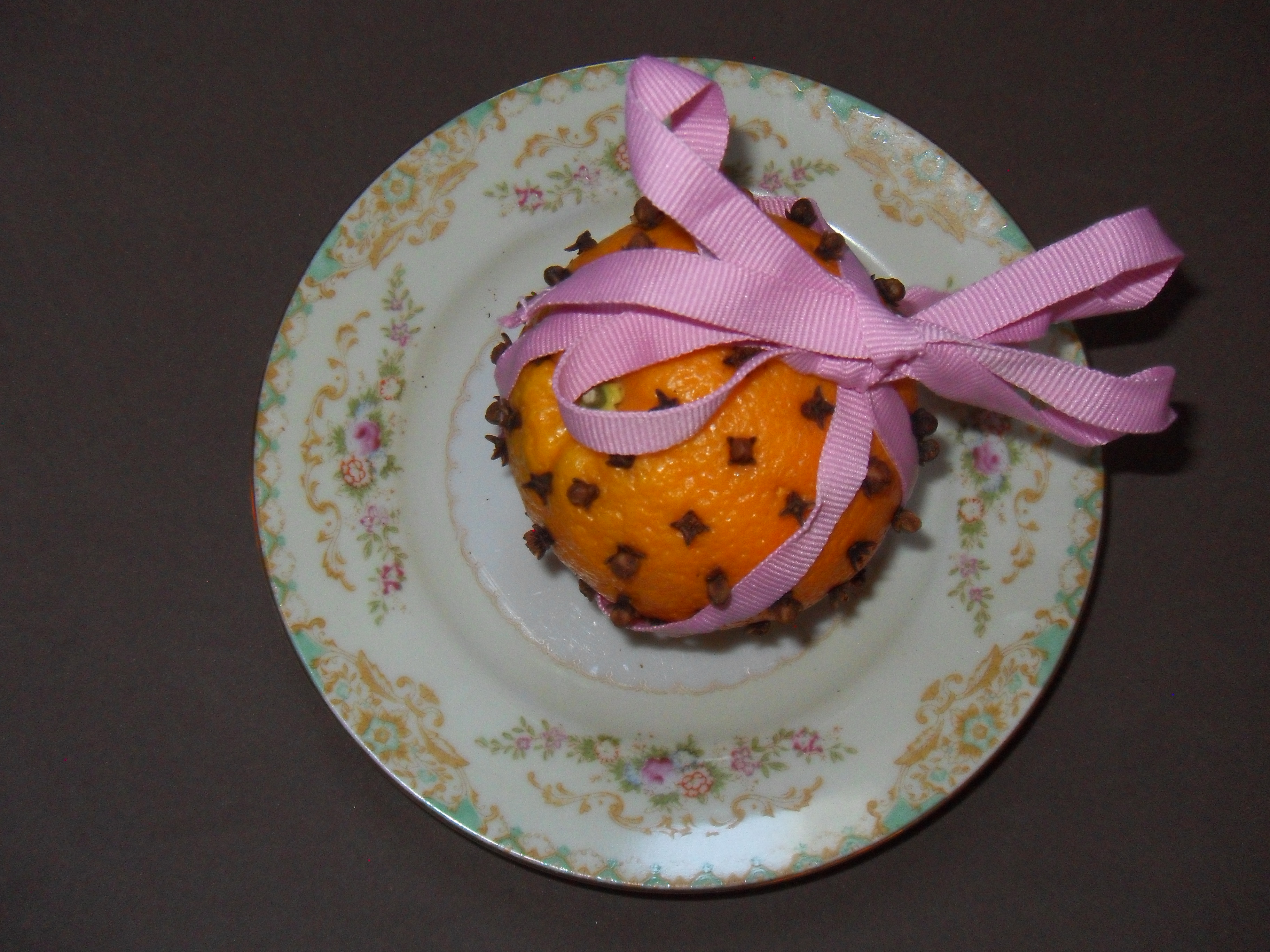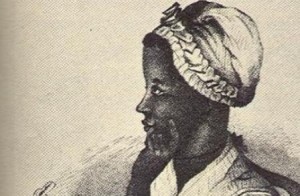
Phillis Wheatley
Born and kidnapped in Senegal, Phillis Wheatley arrived in Boston, Massachusetts in 1761.John and Susanna Wheatley, a Quaker couple, bought her to work as a domestic and named her Phillis. Instead, they raised Phillis like their own daughter. Phillis didn’t know English when she came into their household but Susanna tutored her. Phillis mastered the English language and was able to read the Bible at a young age, compelling the Wheatleys to hire teachers. Her tutors encouraged her to continue her English studies and study theology and the Greek and Latin classics.
When she was eleven, she began to correspond with a Mohegan Indian, the Reverend Samson Occum, agreeing with his criticism of slave-holding Christian ministers and other related issues.
Phillis was the first African-American to publish a book of poems, Poems on Various Subjects, Religious and Moral in 1767. Her writing was so powerful that Governor Thomas Hutchinson of Massachusetts, James Bowdoin, John Hancock, and the Reverend Samuel Cooper questioned the poems were really written by her.
Phillis’ poems condemned slavery and celebrated freedom and liberty. She wrote a poem entitled To His Excellency General Washington in which she praised him and urged to carry on the fight for America’s freedom. The poem impressed George Washington and he invited Phillis to have tea with him at his army camp.
After the publication of her book of poems, Thomas Wheatley took her on a trip to England where the public treated her like a literary celebrity. In France, Voltaire praised her “very good English verse.”
In 1773, John and Susanna Wheatley gave Phillis her freedom. After the Wheatleys died, Phillis married John Peters in 1778, a free black Bostonian. They had three children two of whom died in childbirth. Peters later abandoned her. Impoverished, she and her third child died of complications following childbirth. her final manuscript has never been found.
Bibliography:
Diamant, Lincoln, editor. Revolutionary Women in the War for American Independence, A One Volume Revised Edition of Elizabeth Ellet’s 1848 Landmark Series. Westport Connecticut: Praeger Publishers, 1998.
Greenberg, Judith E. and McKeever, Helen Cary. Journal of a Revolutionary War Woman. New York: Franklin Watts, 1996.
Micklos, John. The Brave Women and Children of the American Revolution. Berkeley Heights, NJ: Enslow Publishers, Inc, 2009
Freeman, Land M., North, Louise V and Wedge, Janet M. In the Words of Women: the Revolutionary War and the Birth of the Nation, 1765-1799. Landam, Md: Lexington Books, 2011.
Redmond, Shirley Raye. Patriots in Petticoats, Heroines of the American Revolution.
New York: Random House, 2004
www.pbs.org/wgbh/aia/part2/2p12.html
www.pbs.org/wgbh/aia/part2/2h19.html
Do the craft below!
Red, White and Blue Banner
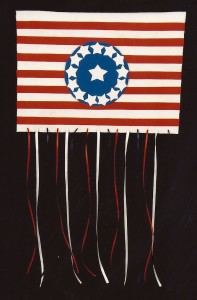
Fourth of July Banner
Ages: 5 – 12 years Time: ½ hour
MATERIALS:
White felt 36” x 36” Red Fun Foam
Blue Fun Foam white Fun Foam
sharp tool like an awl ¼” red, white and blue ribbon
Measure and cut white felt to 14” x 20”. Place felt horizontally. Fold a 1” seam at the top of the felt and iron. Fold a second 1” seam and iron again. Glue the second seam with tacky glue. You will pass the dowel rod through this loop. This piece of felt should now measure 14” x 16”.
Trace the large star pattern and cut one large star out of the white Fun Foam. Cut 13 smaller stars out of the white Fun Foam using the smaller star pattern.
Trace and cut a large circle out of the blue Fun Foam. Glue the large star in the center. Arrange the smaller stars around the circle. Make sure that they all face the same way. Lay aside. Measure and cut 7 stripes ¾” x 16” out of the red Fun Foam.
Arrange the stripes on the banner so that there is a ¾” stripe of white felt showing between them. (Refer to the diagram provided.) Glue the stripes down and trim if necessary.
Glue the blue circle with the stars in the center of the red and white stripes.
At the bottom of the banner, poke holes every 1” with a sharp tool like an awl. (Small children should let adults do this for them.) Insert the ribbon in the holes, alternating the colors. Pull the ribbon through and tie a knot in the back.
Trim the dowel rod to 18 x 20”. Cut a piece of string to a length suitable for hanging. Tie the string to each end of the dowel rod.
Remember Phillis Wheatley and her love of liberty!
Like this:
Like Loading...

